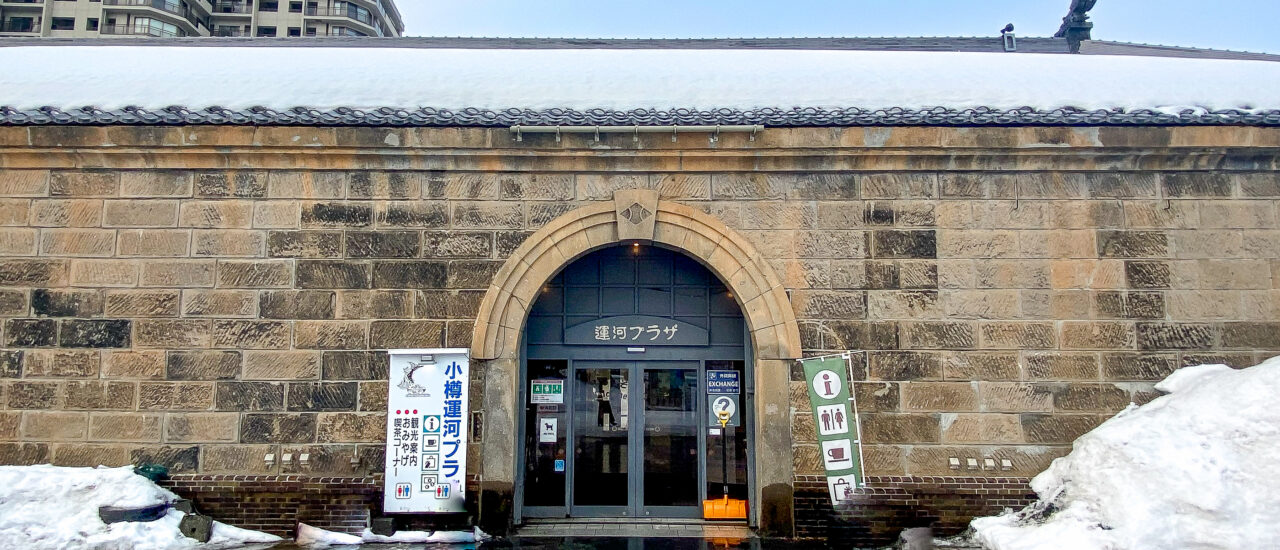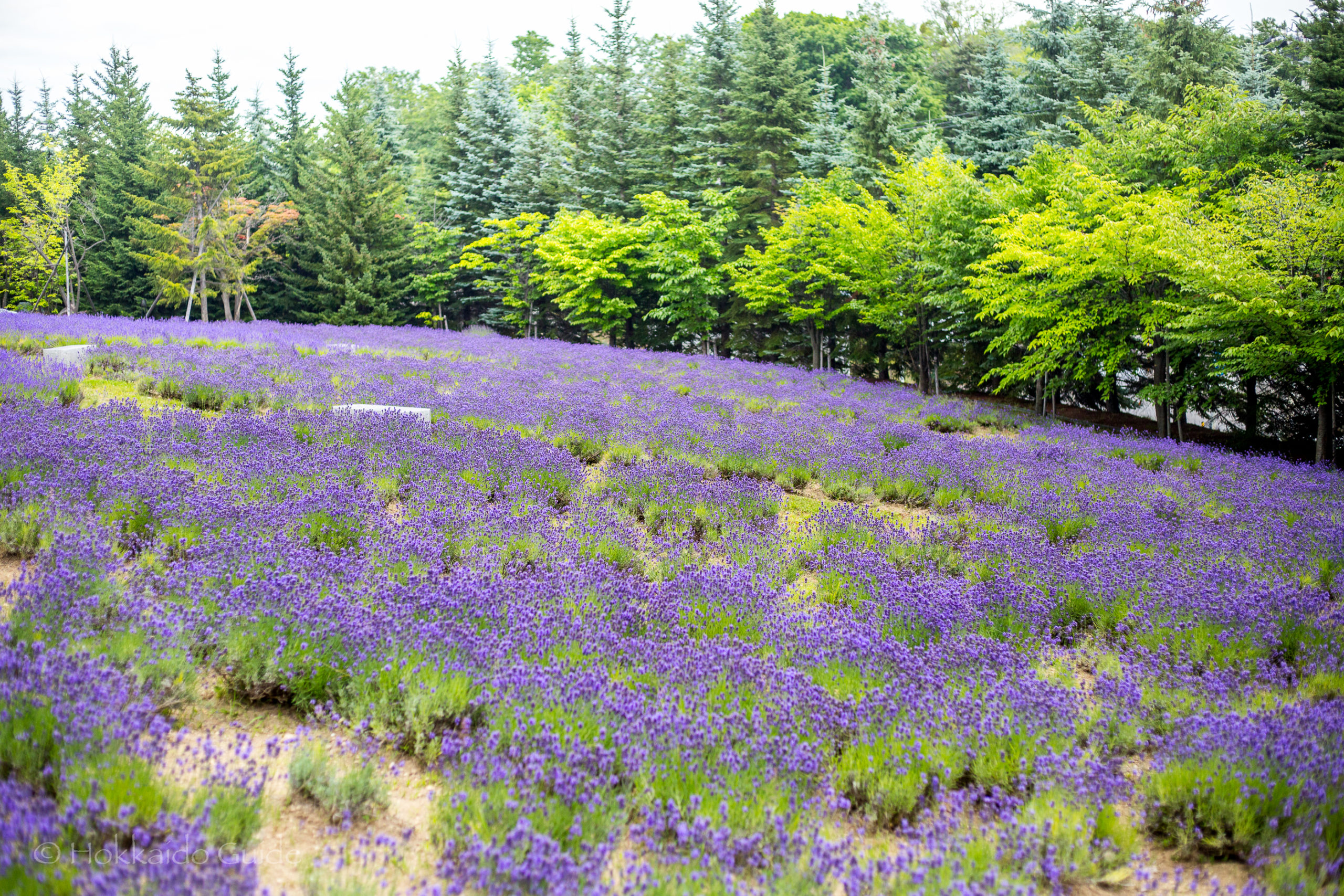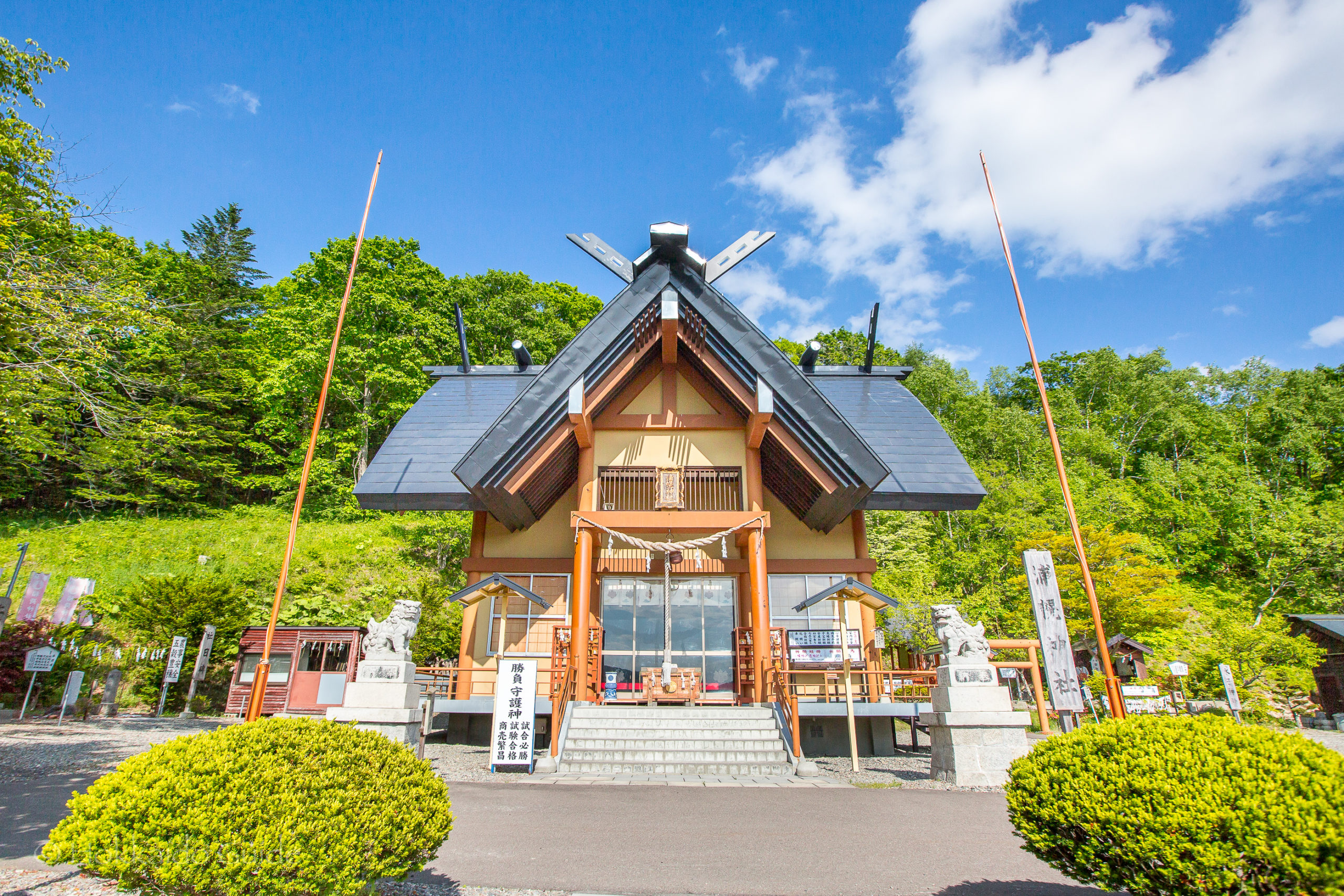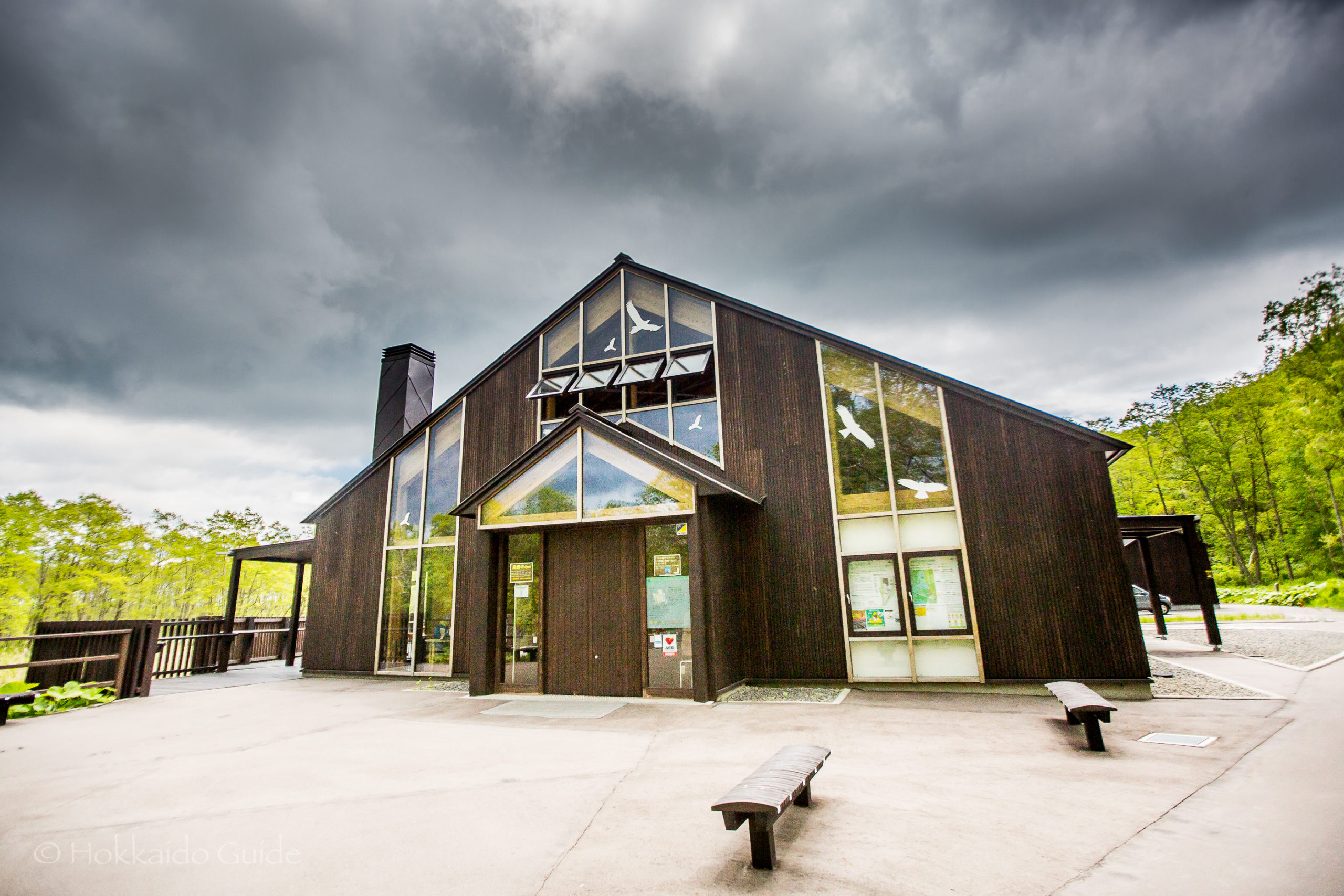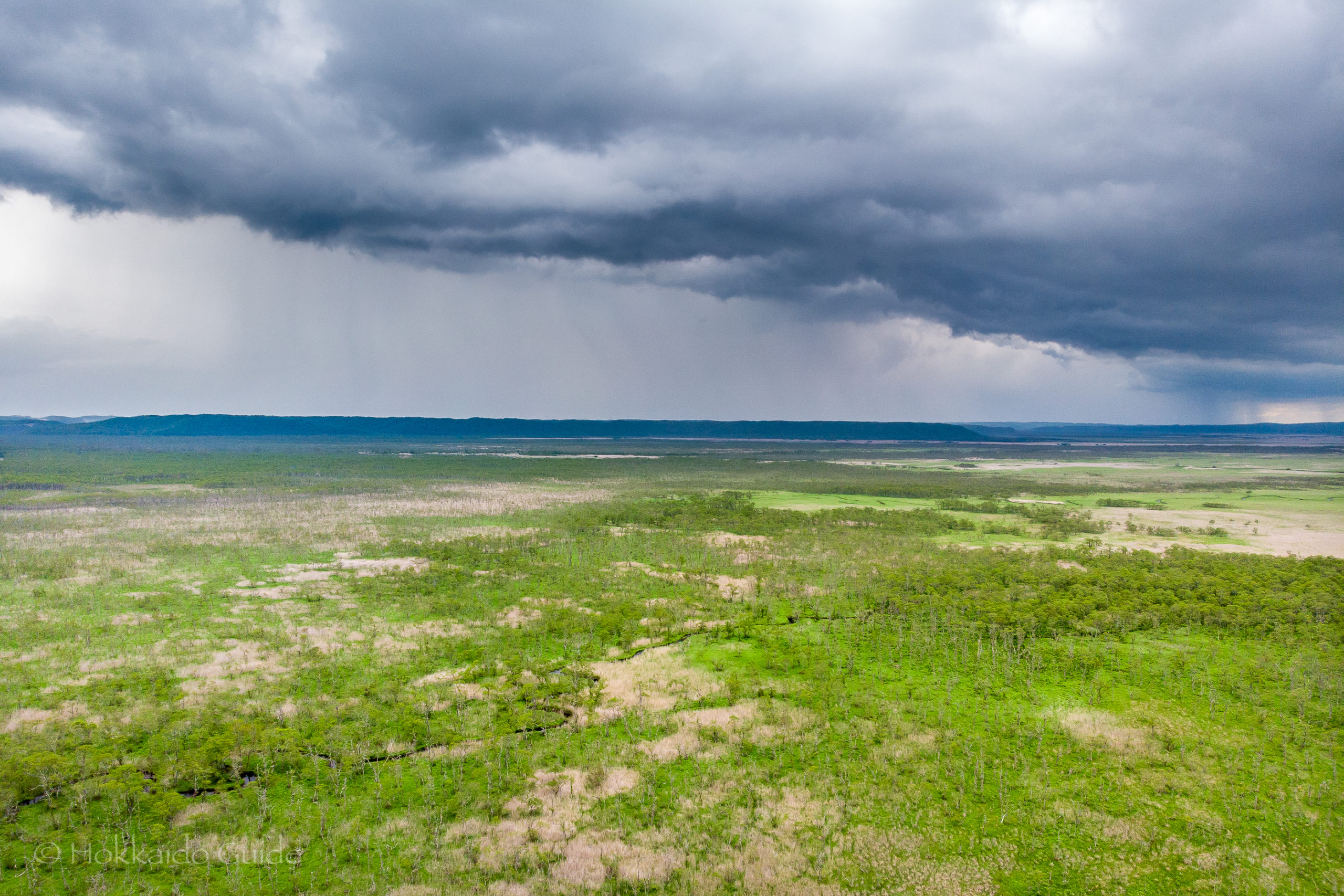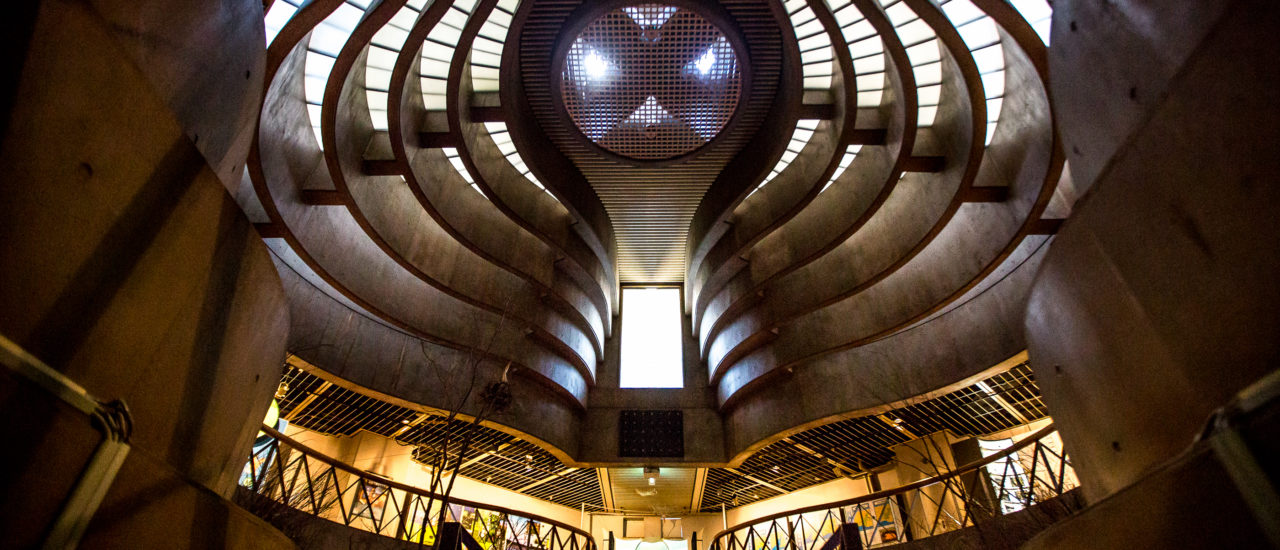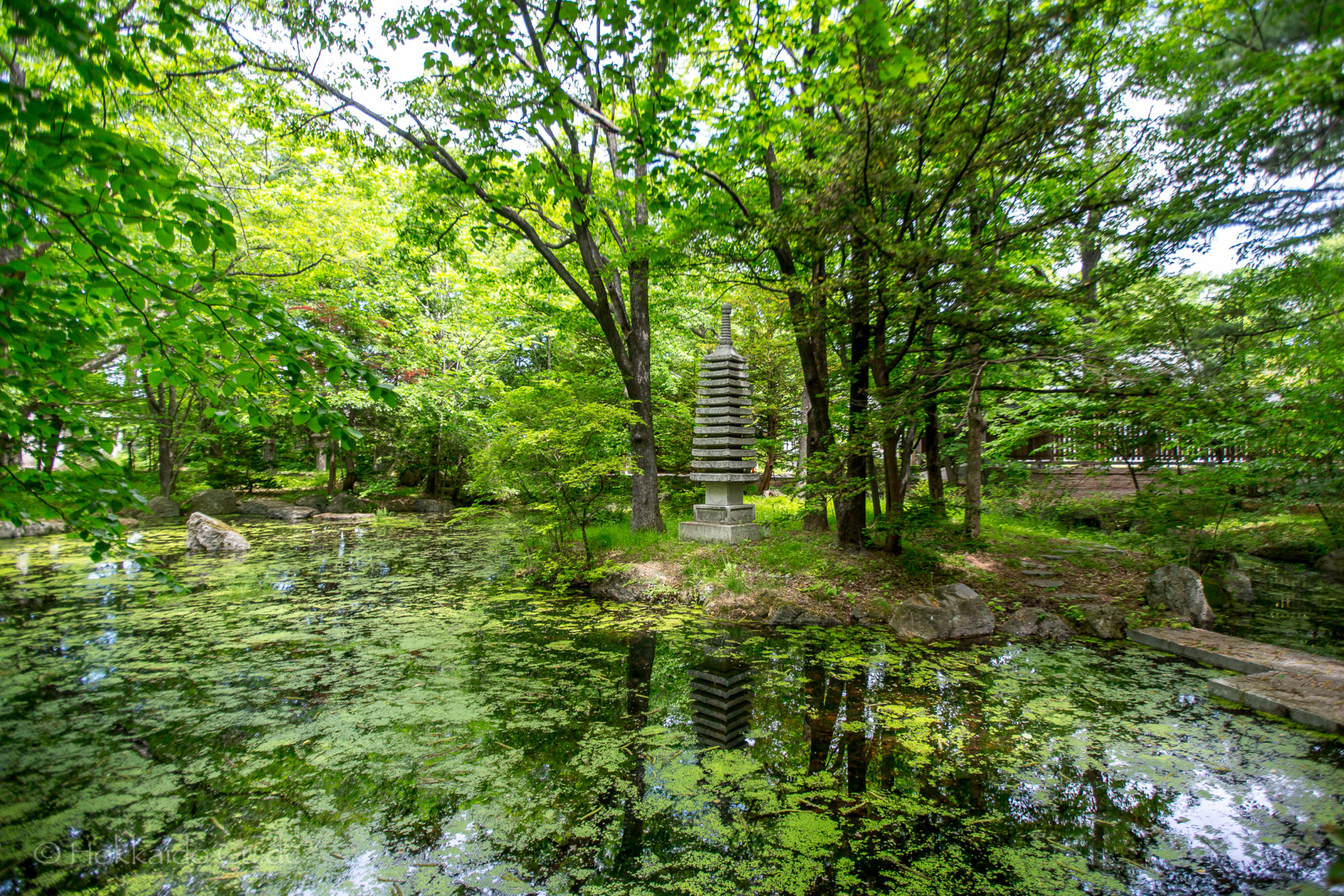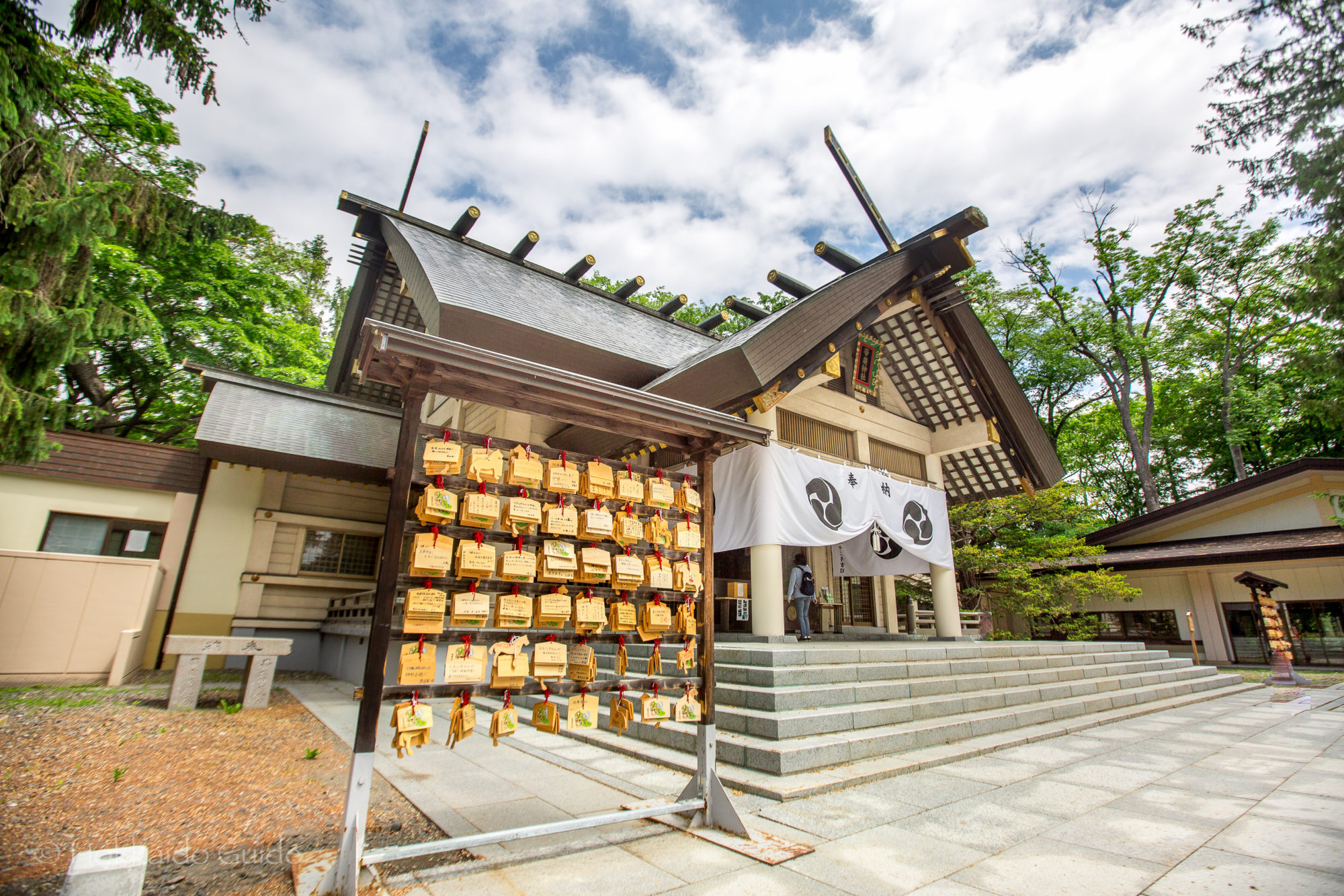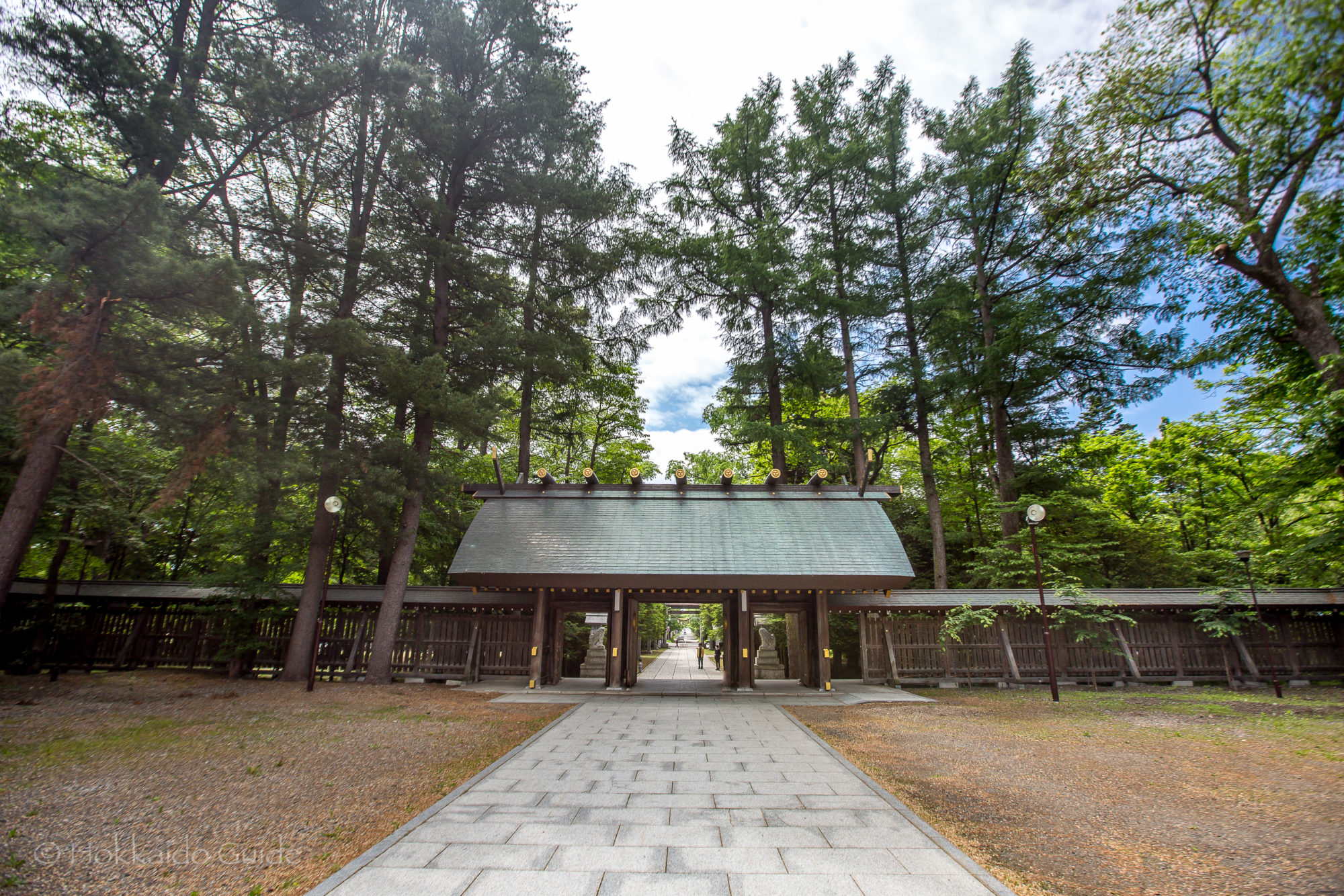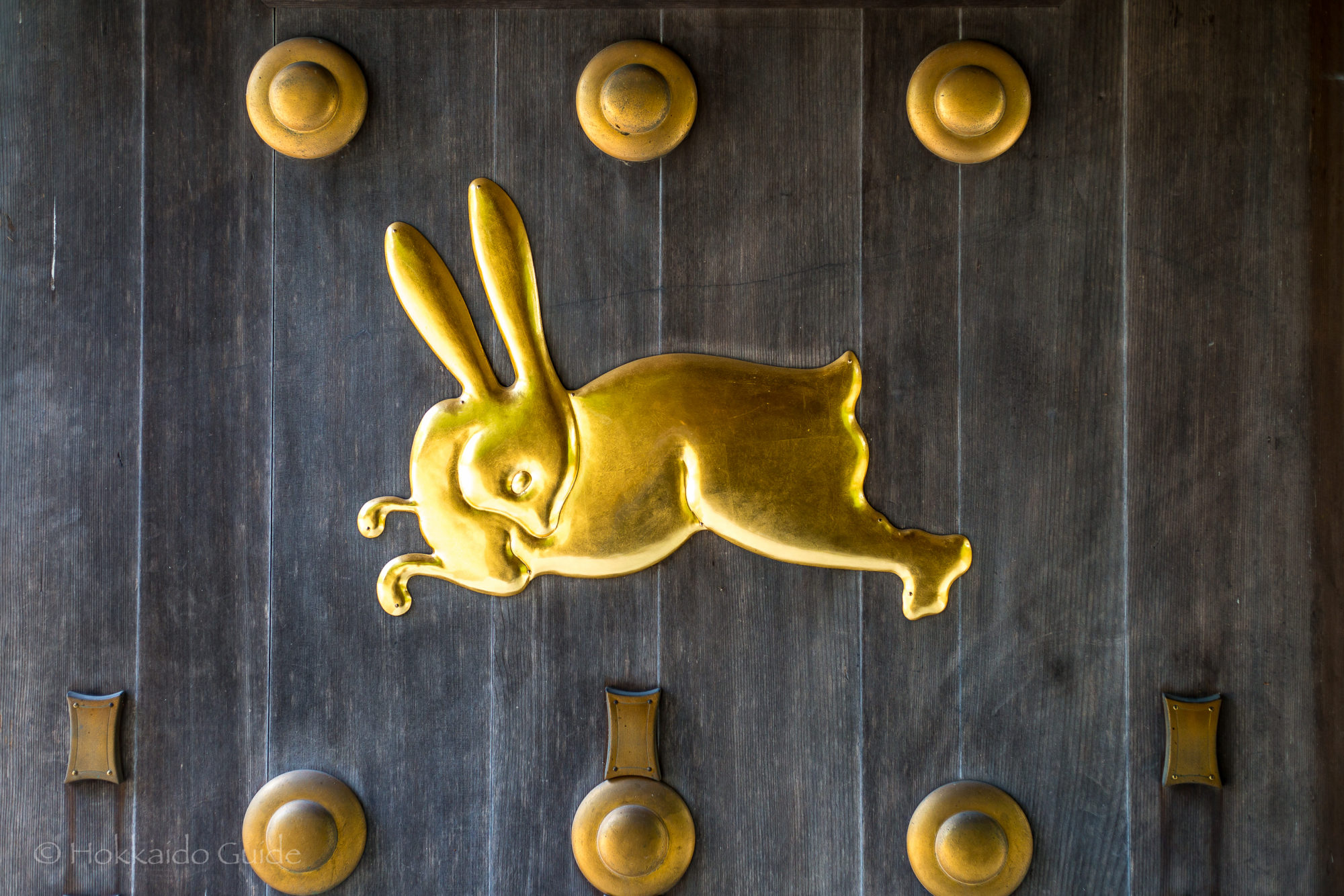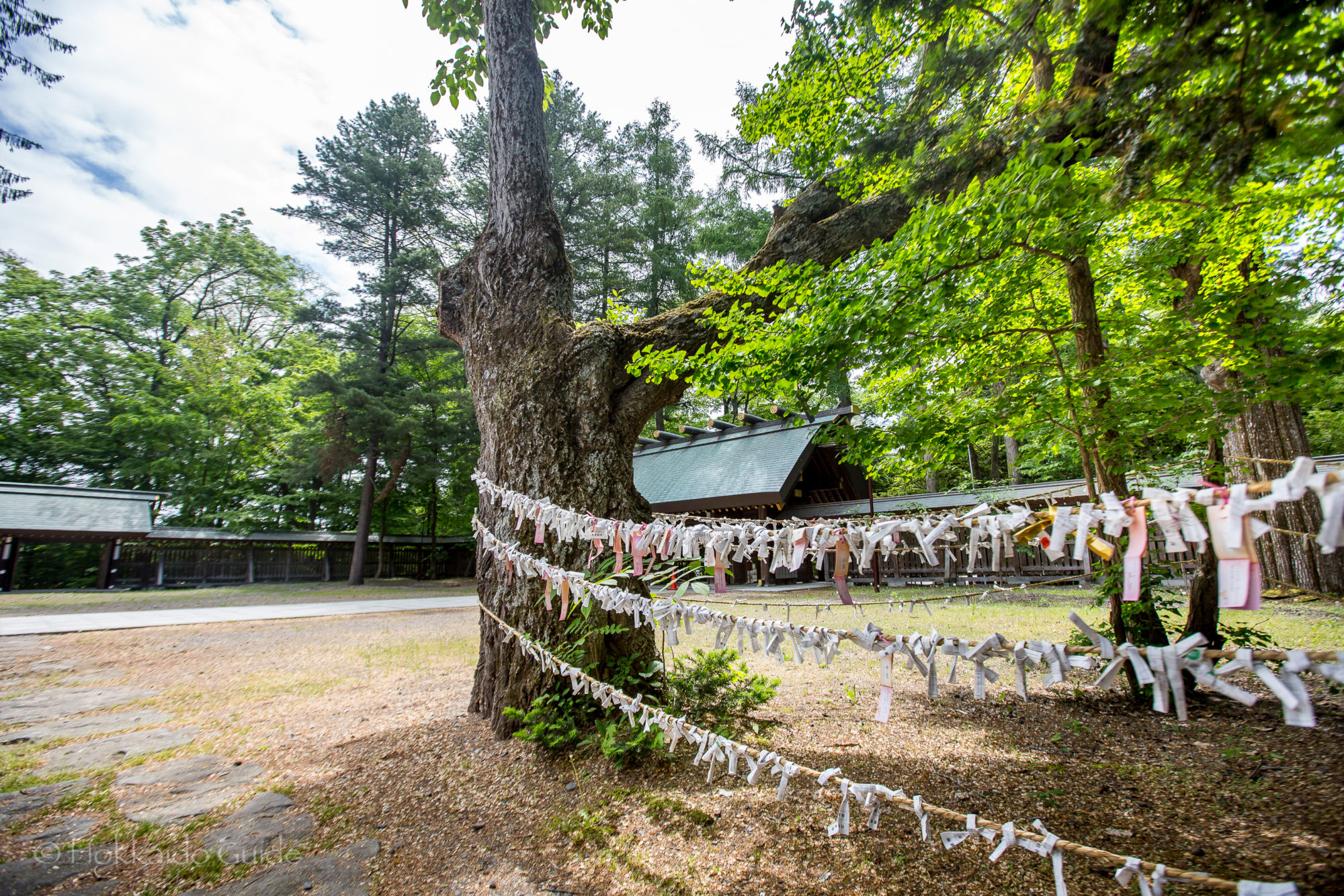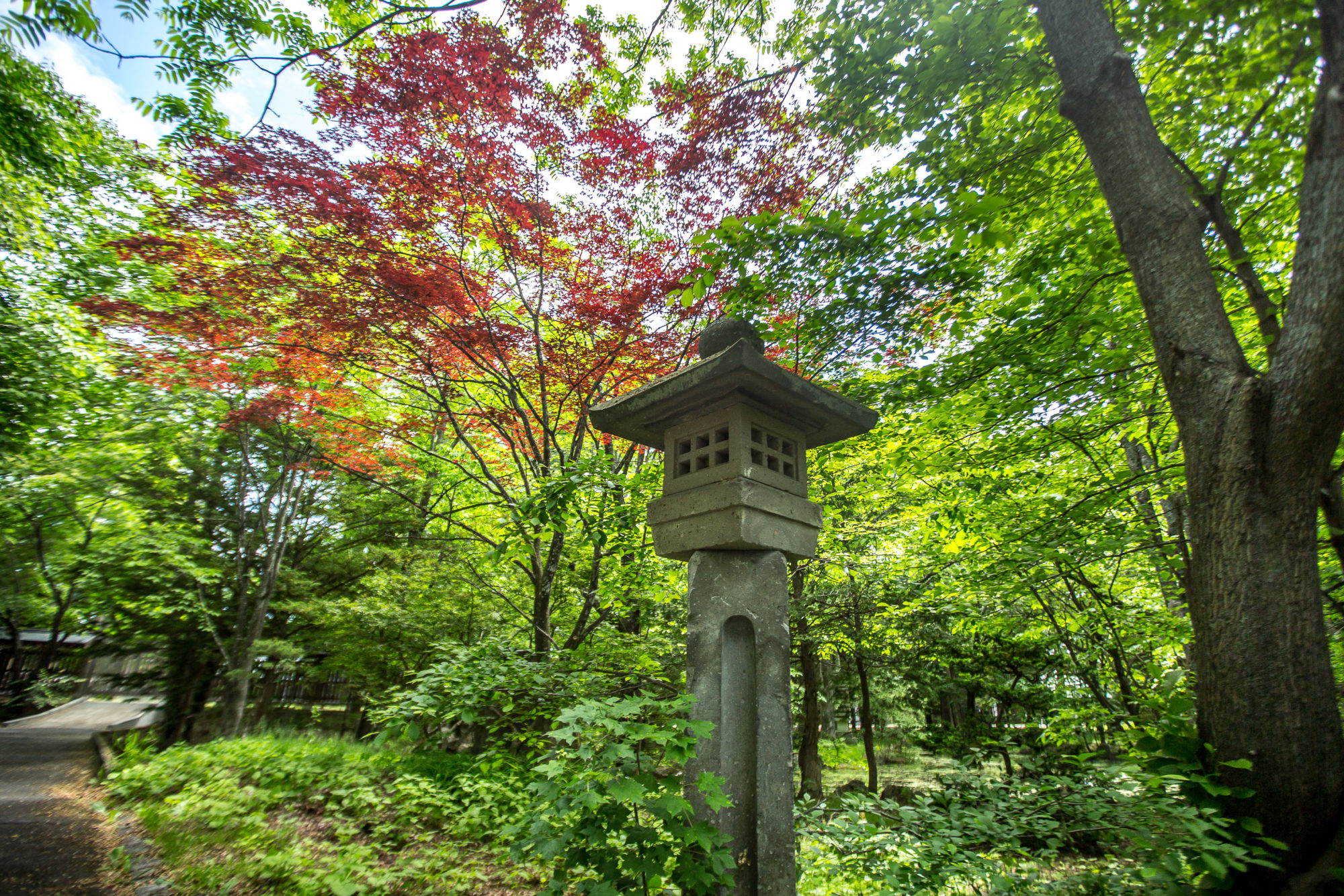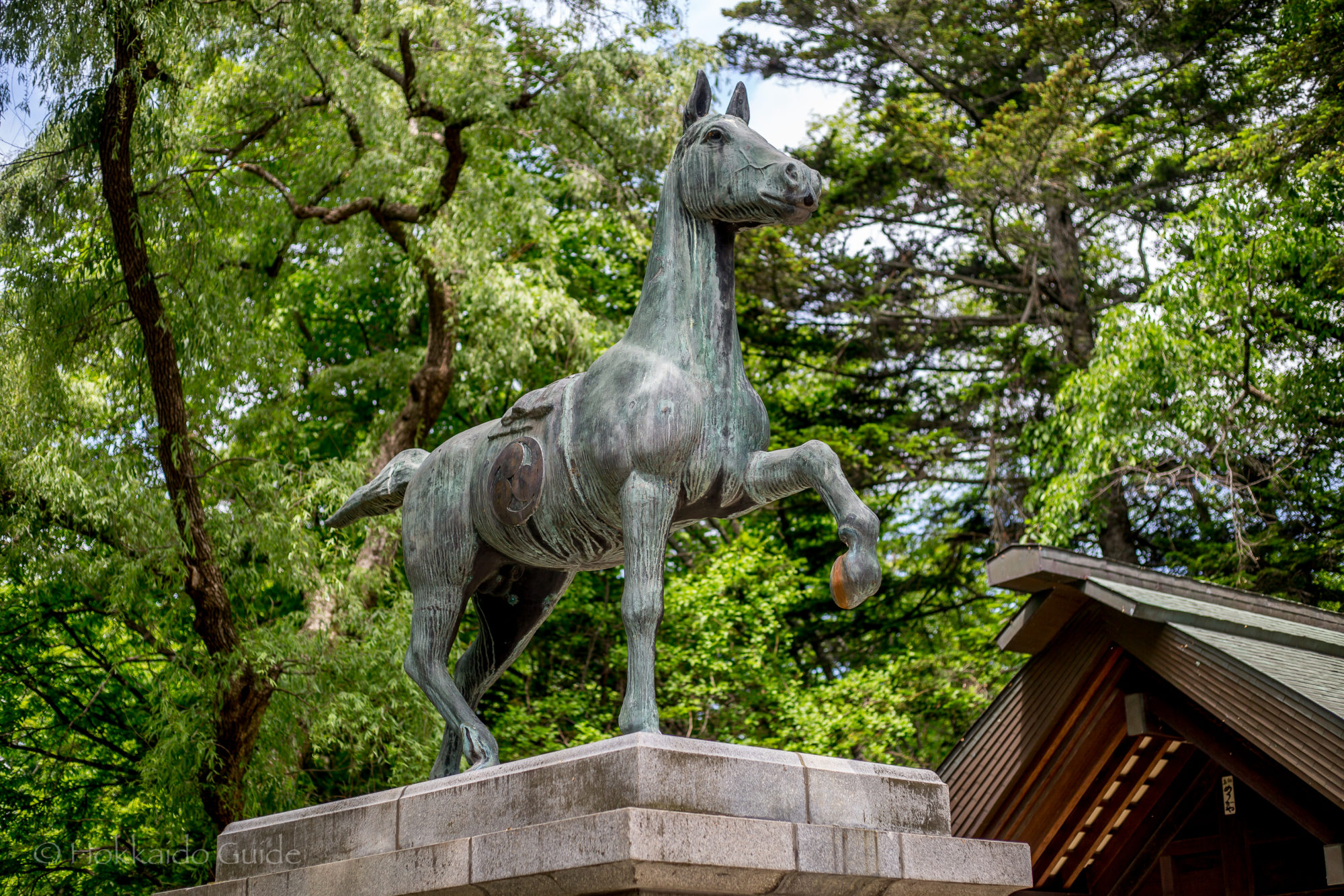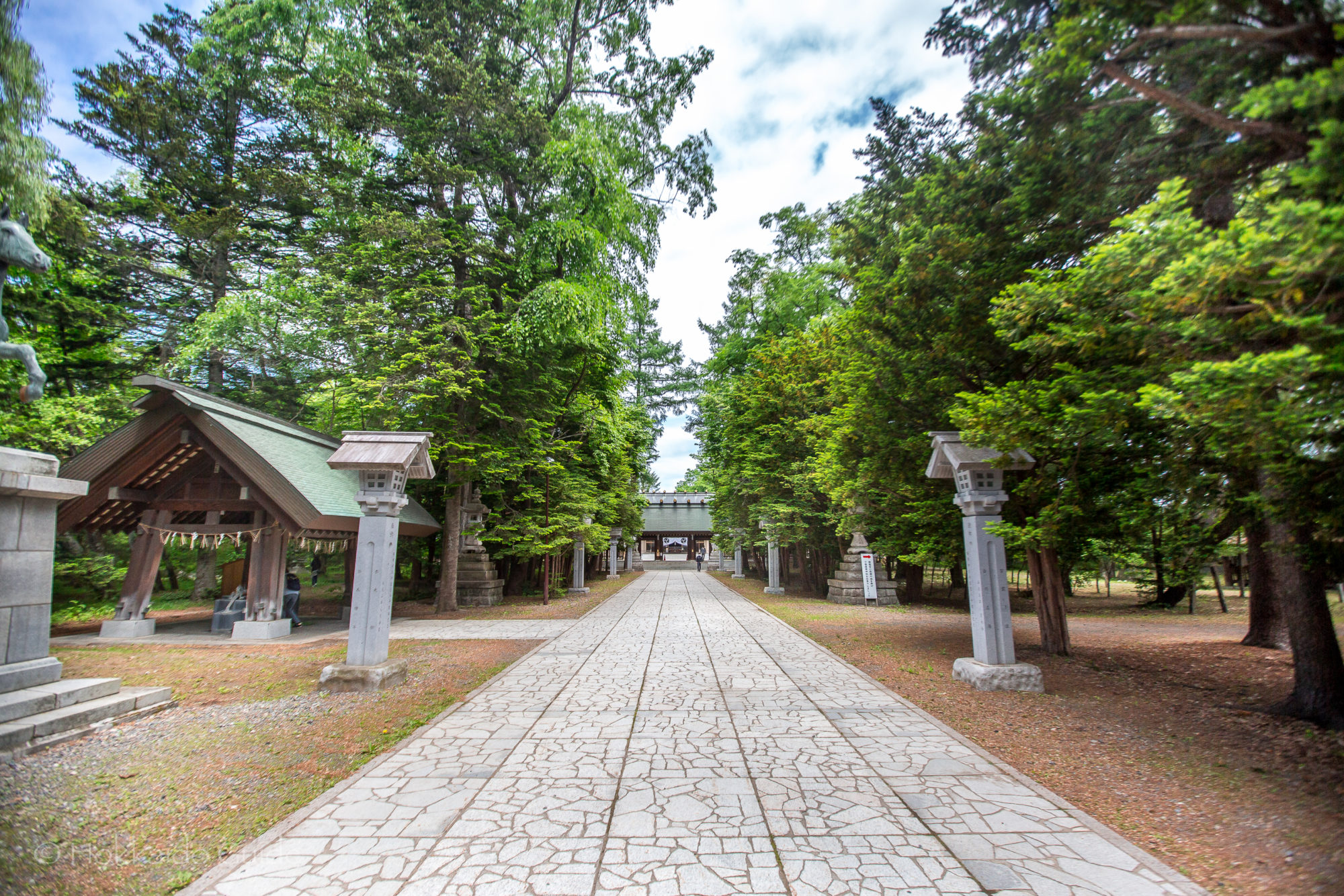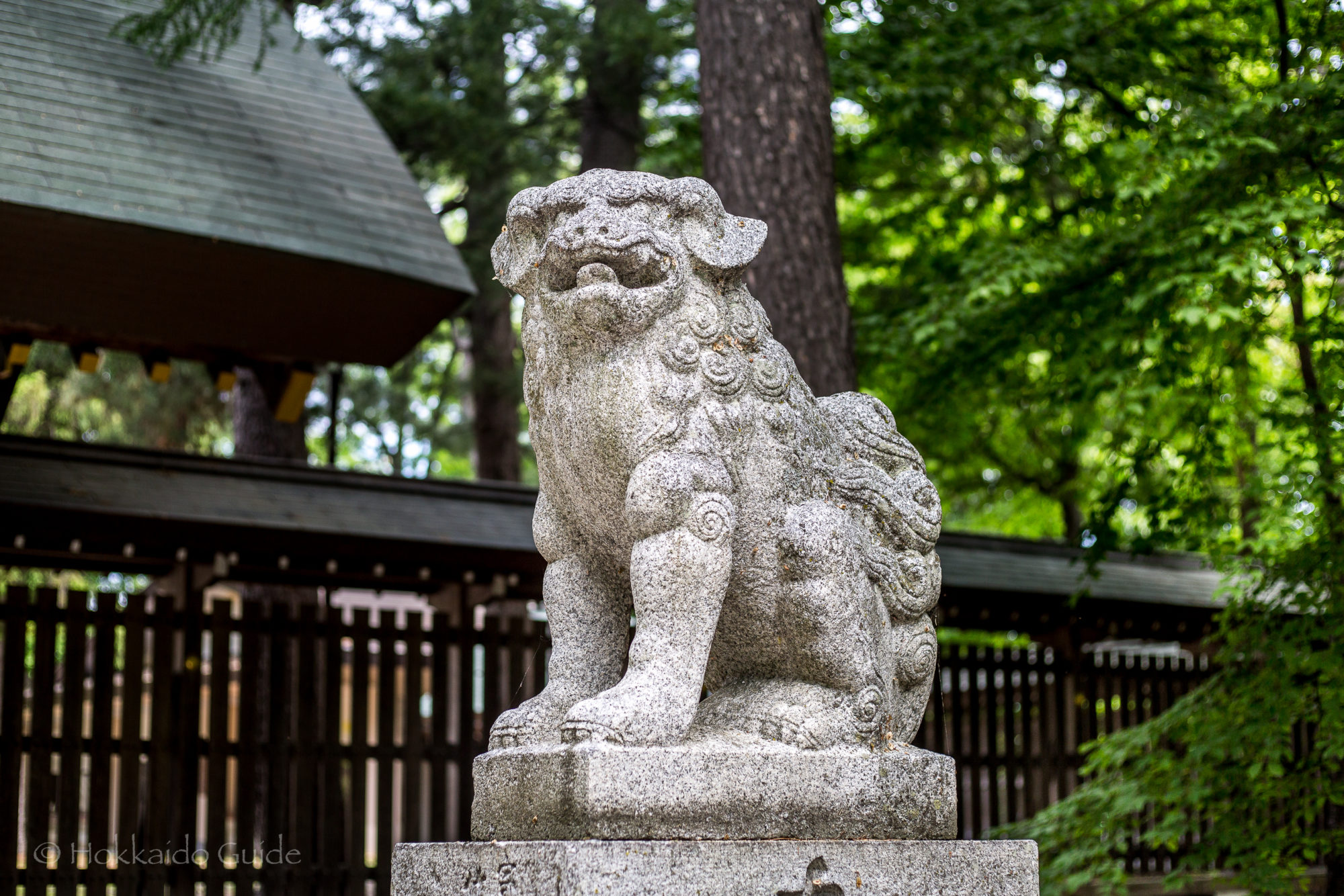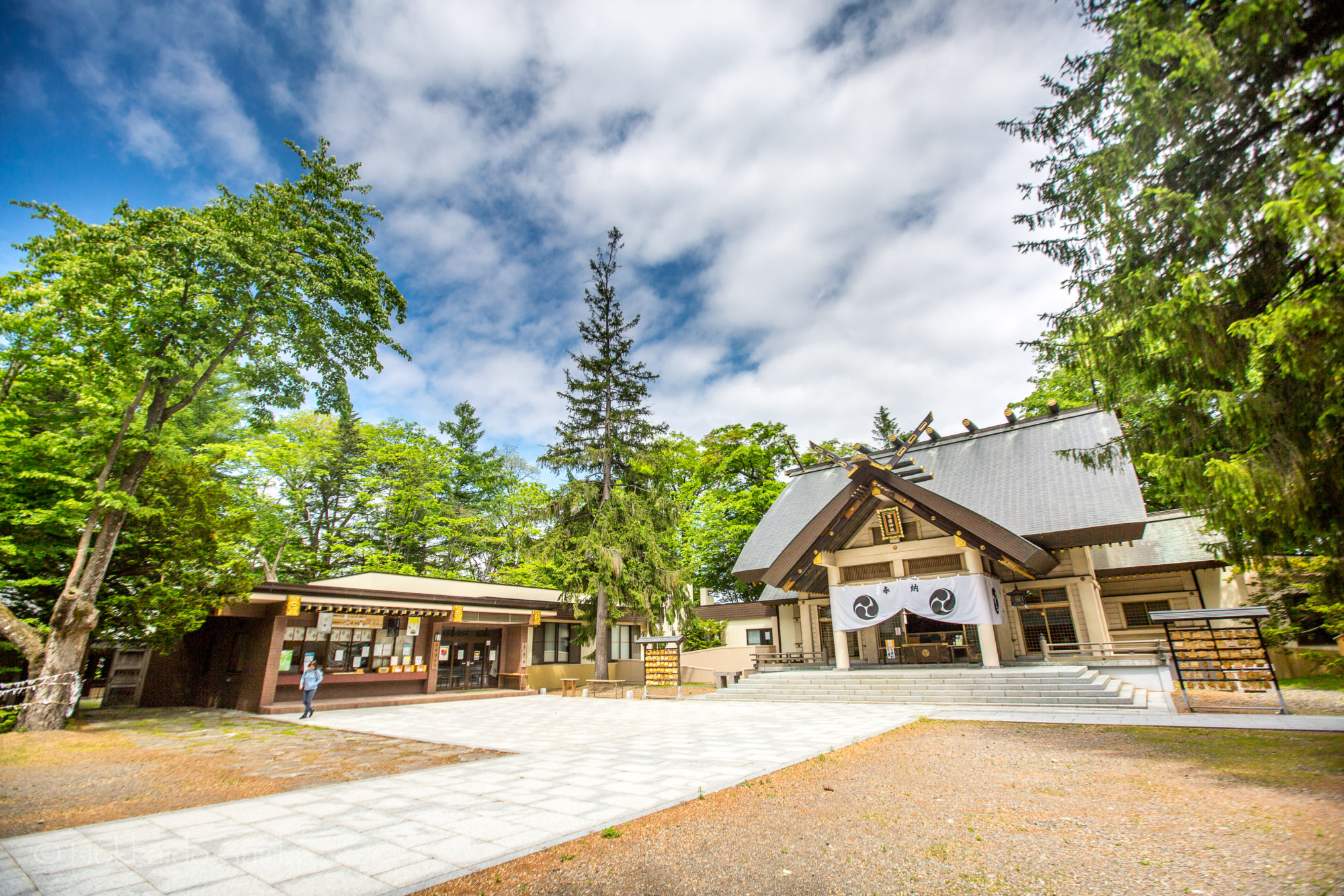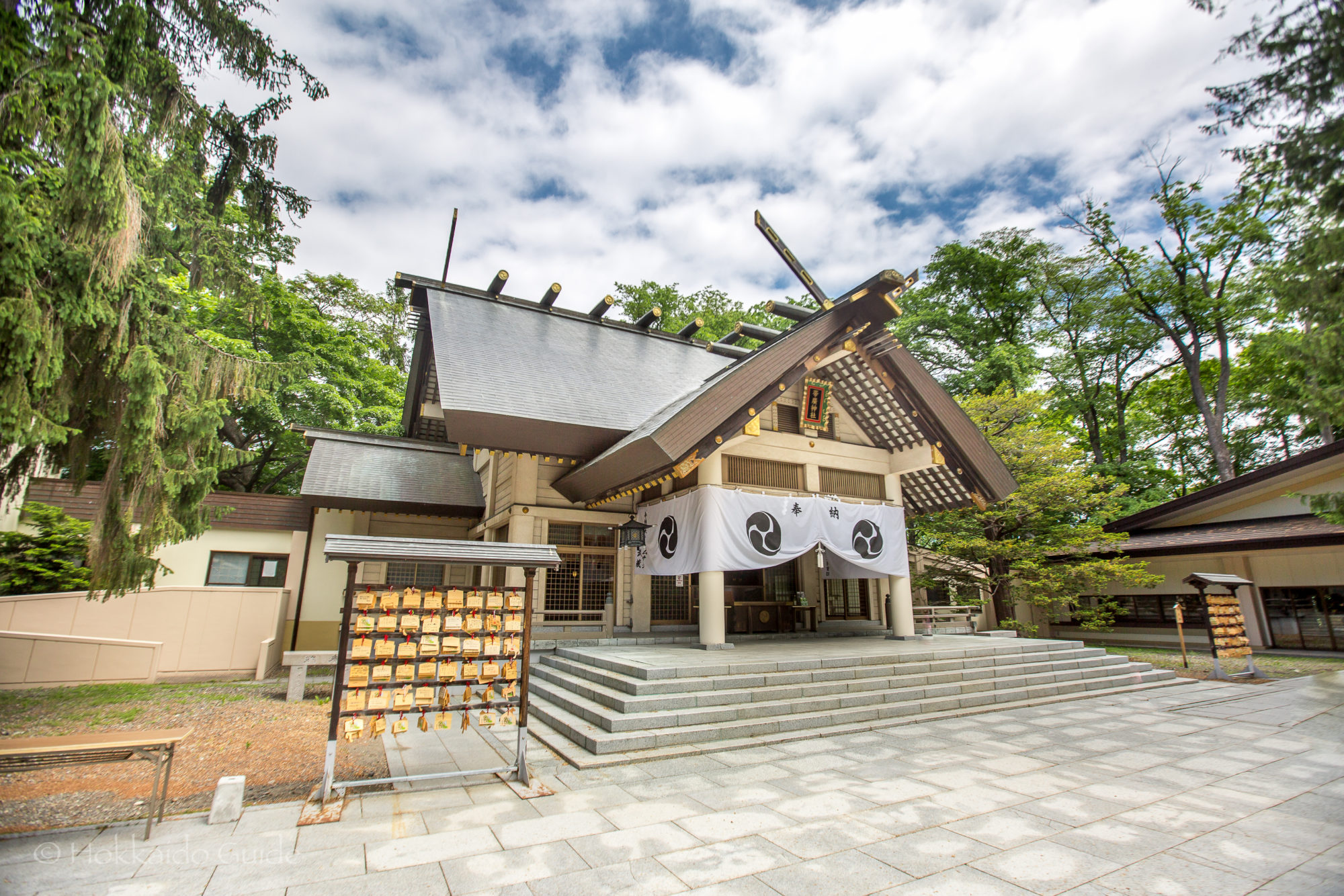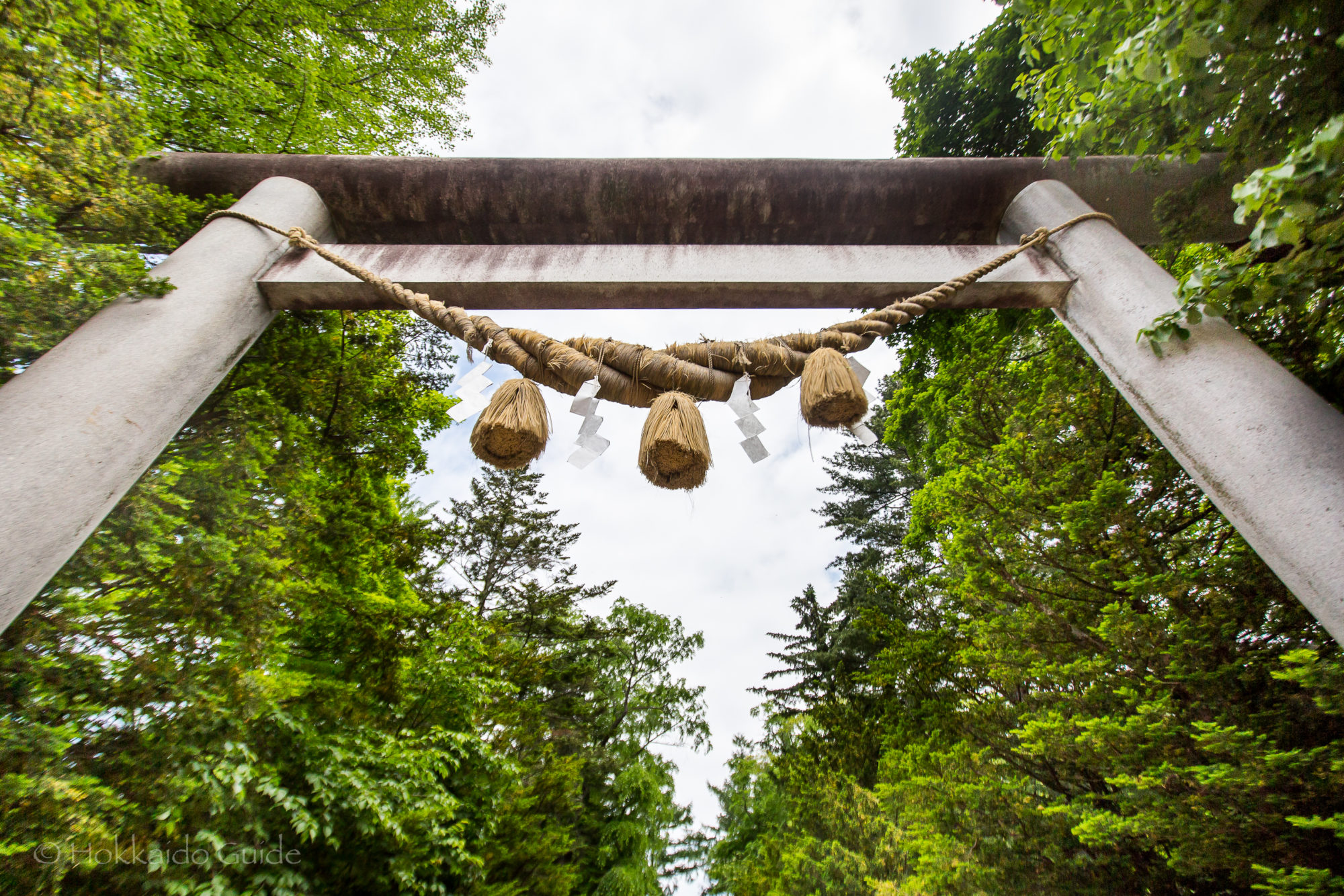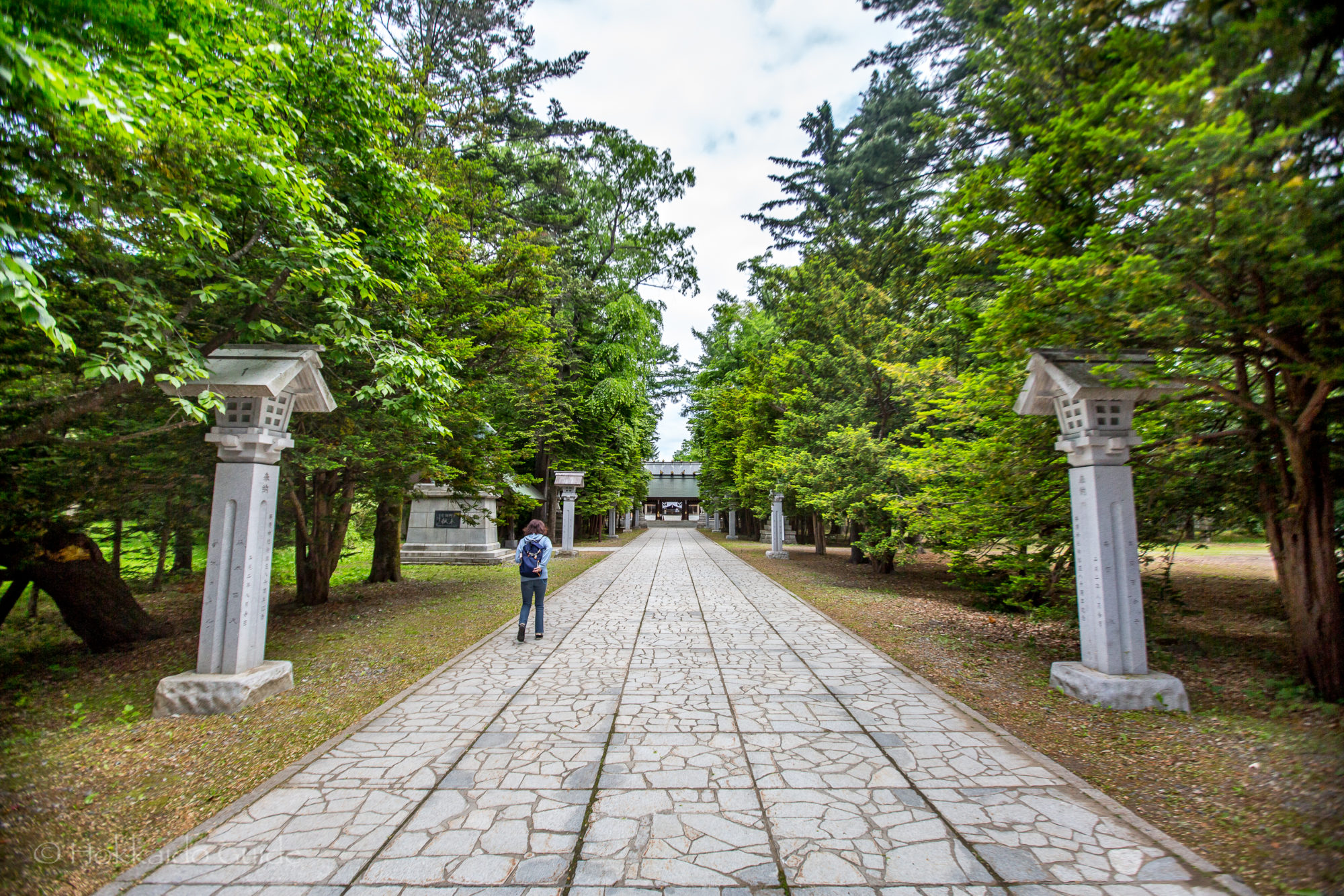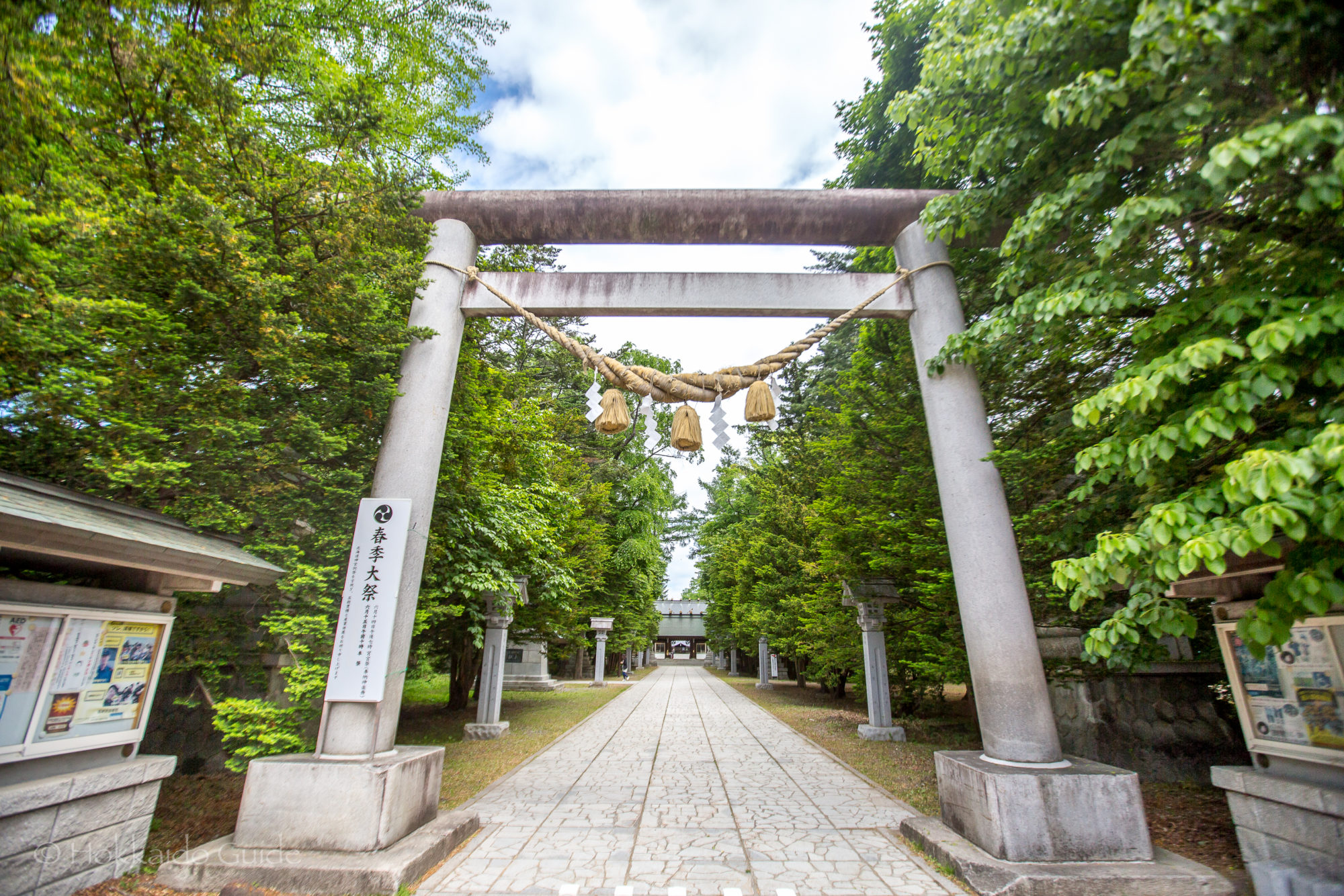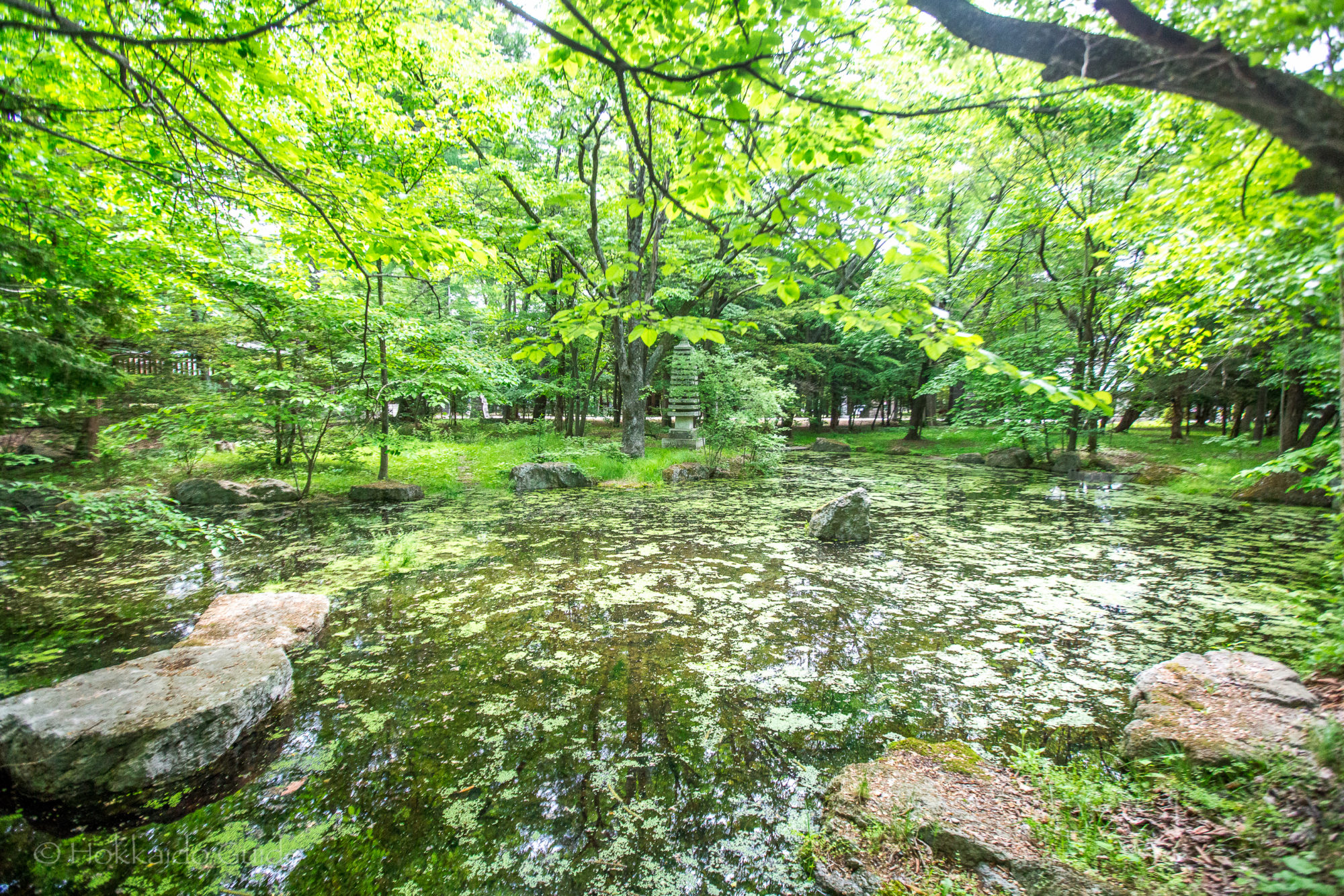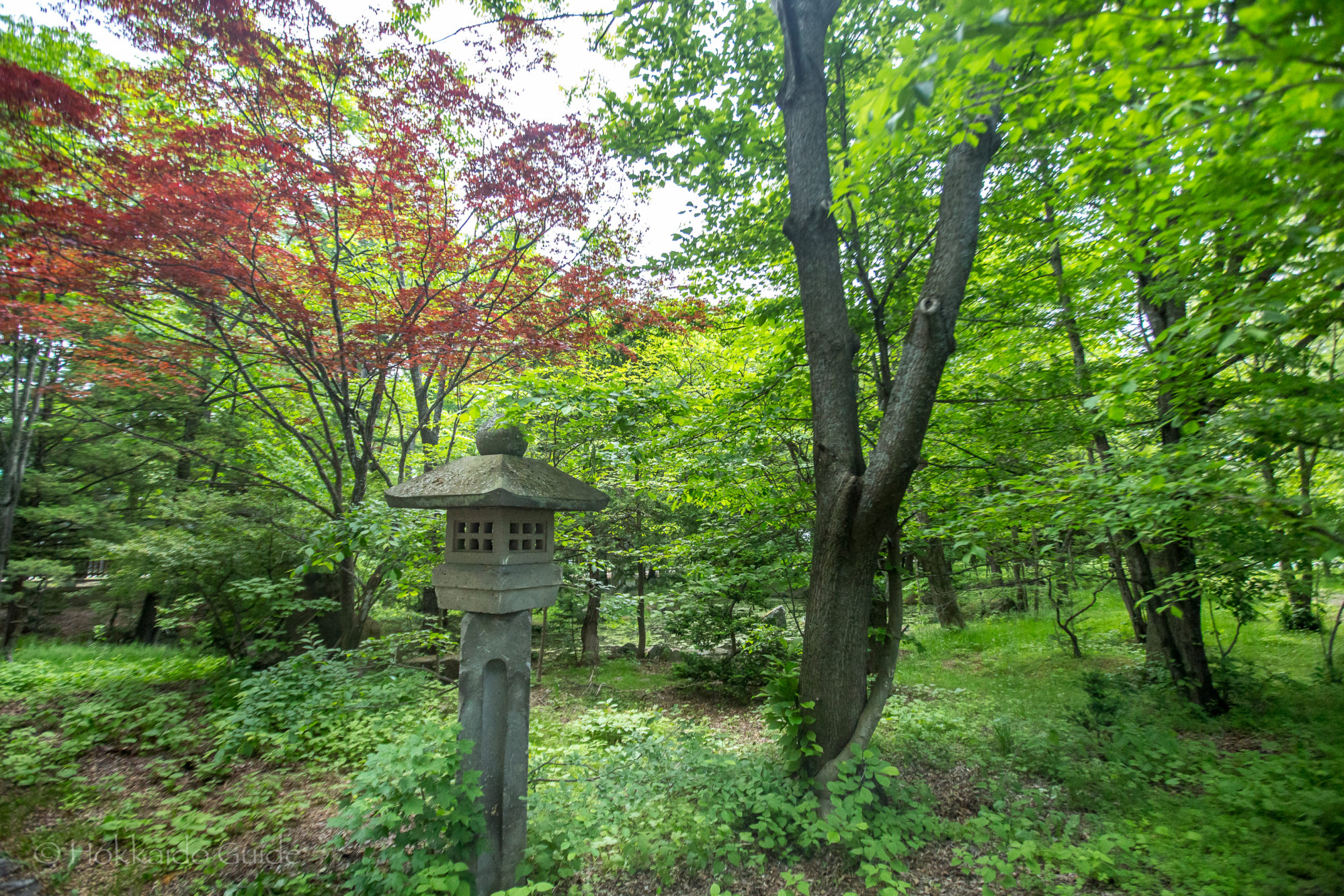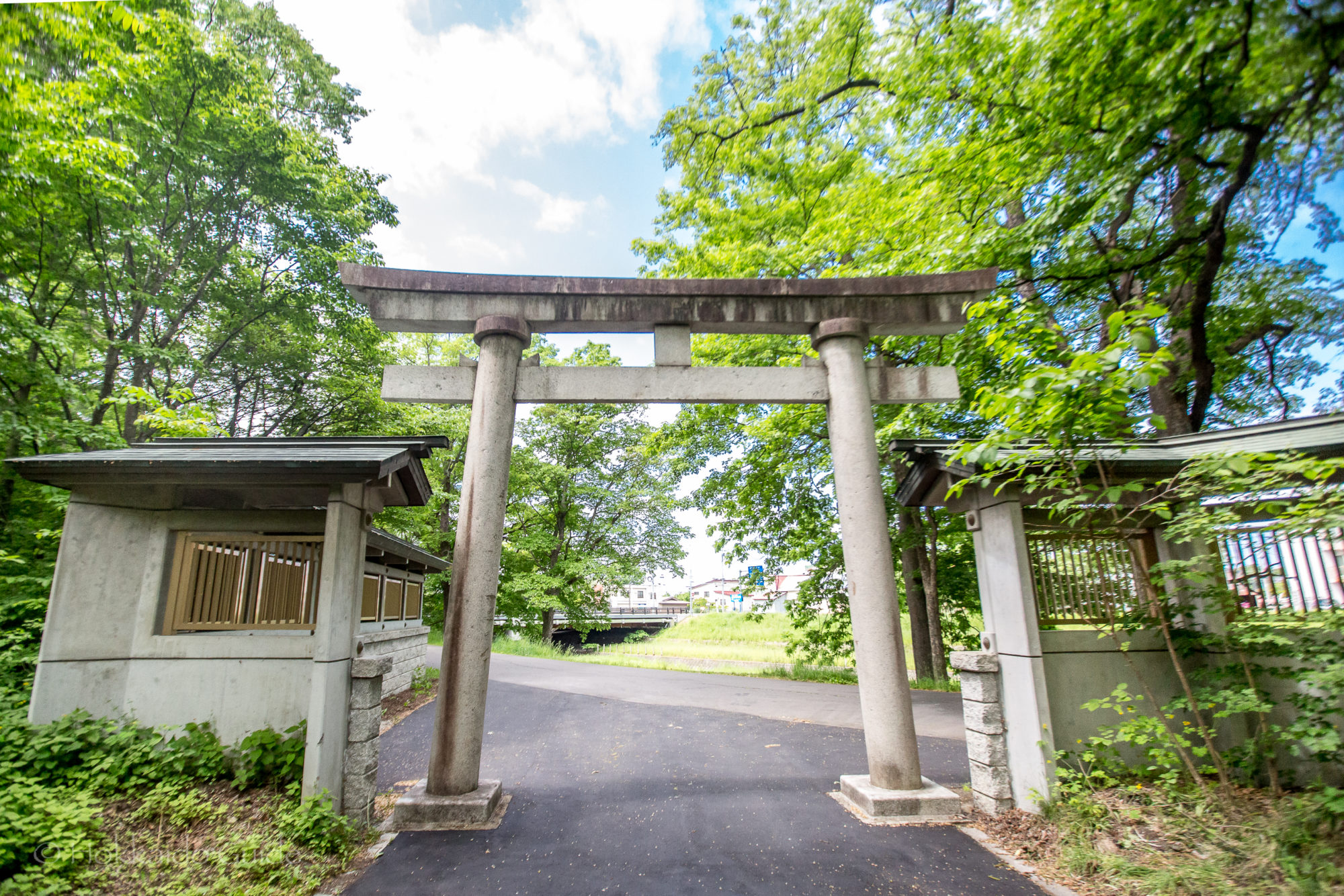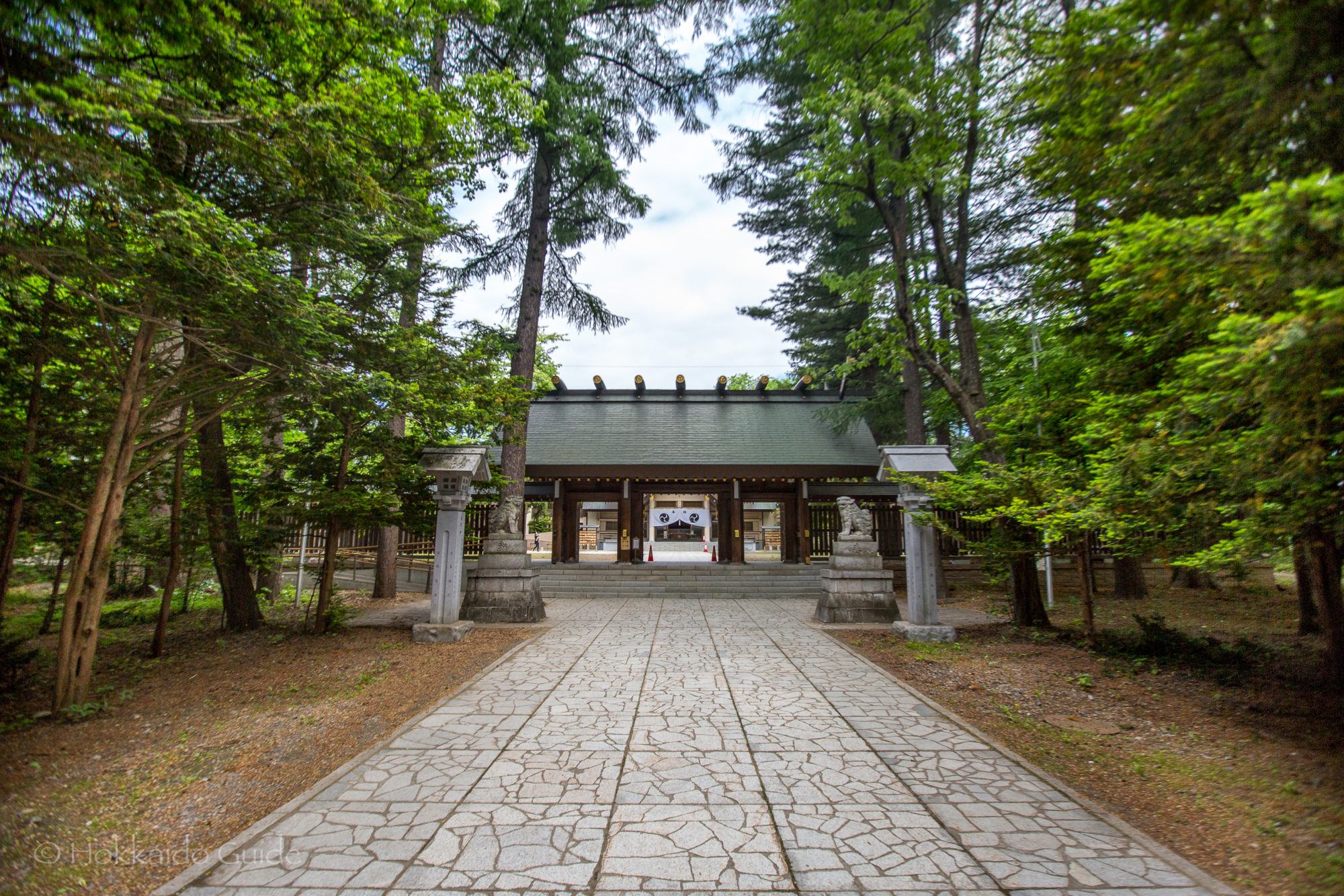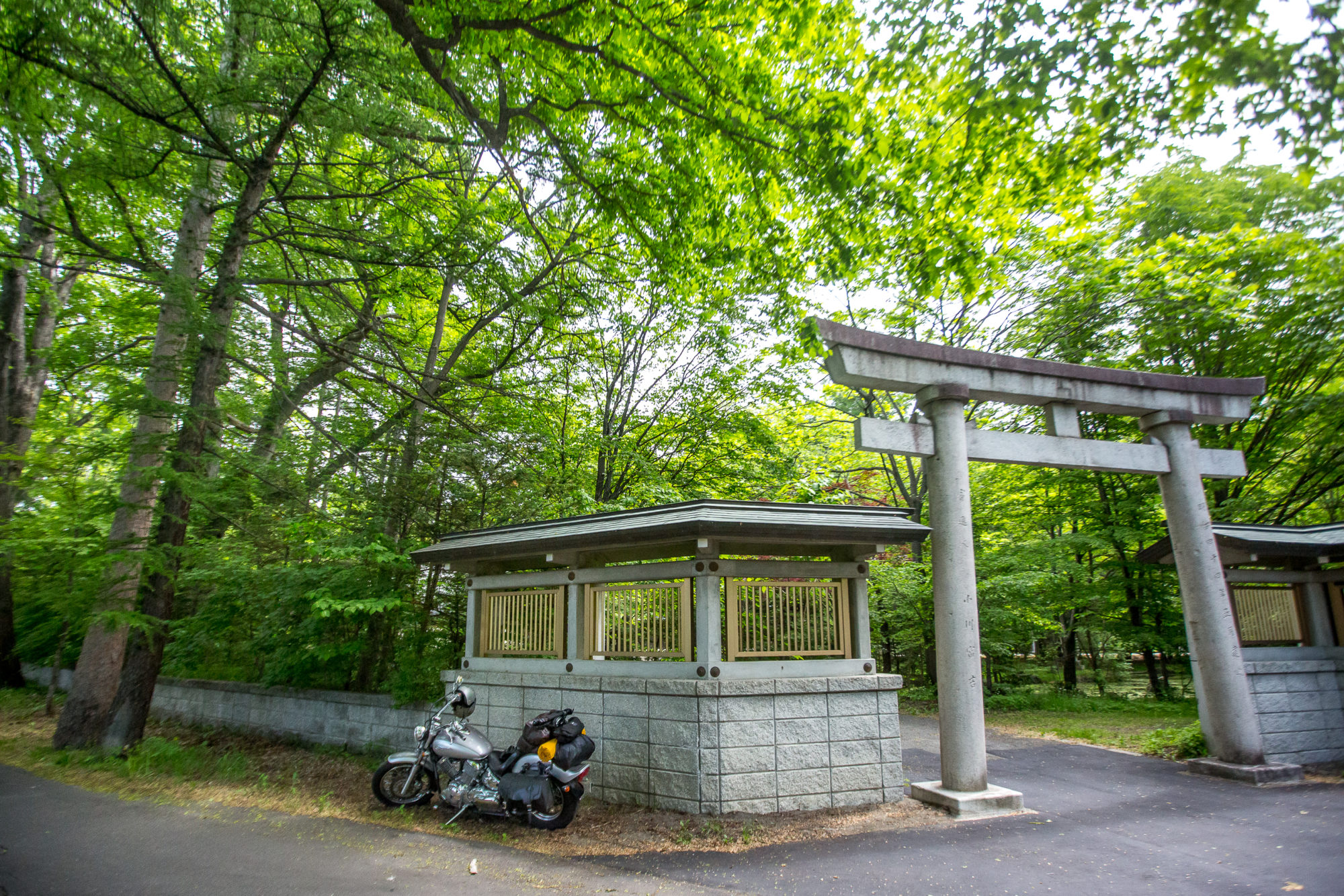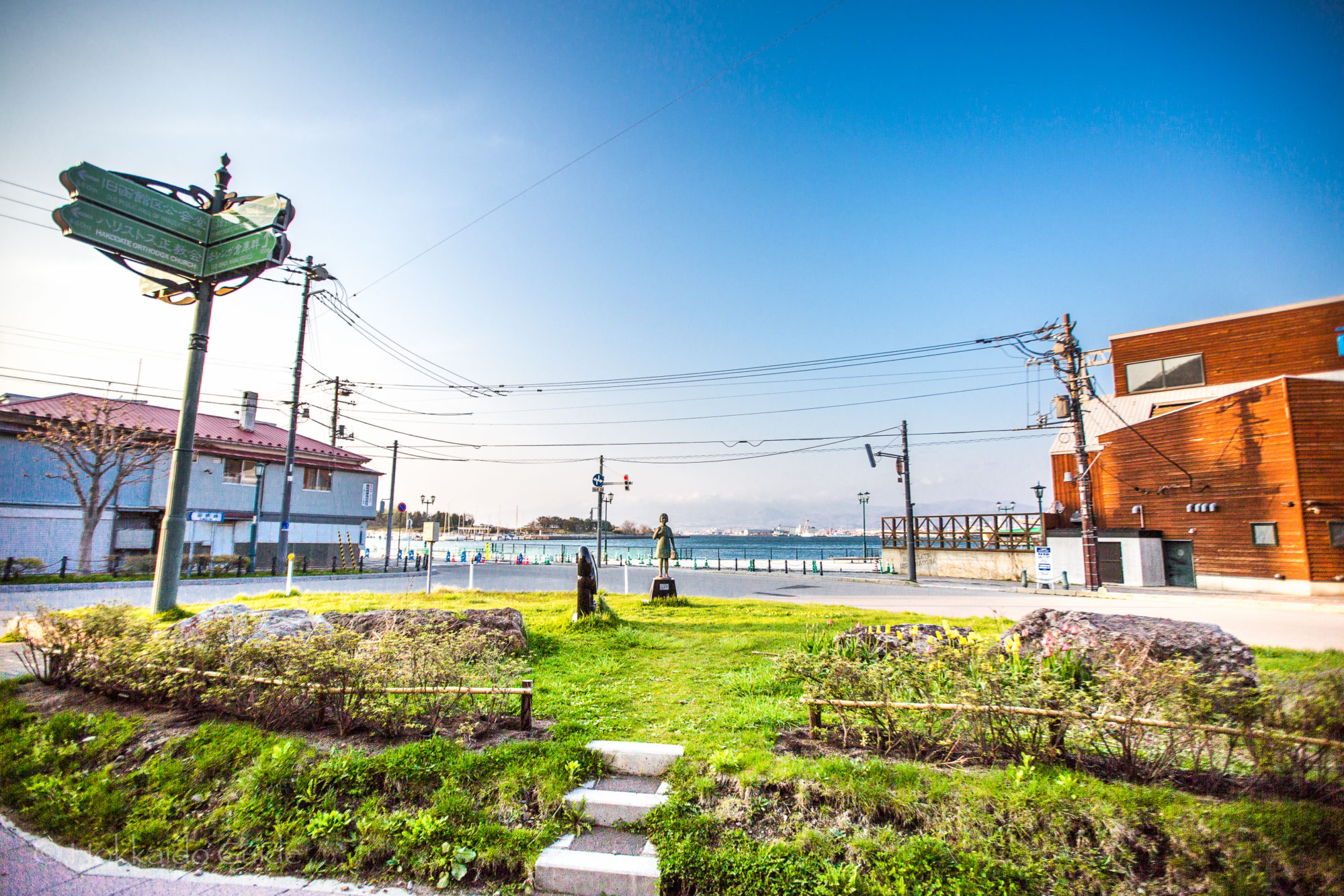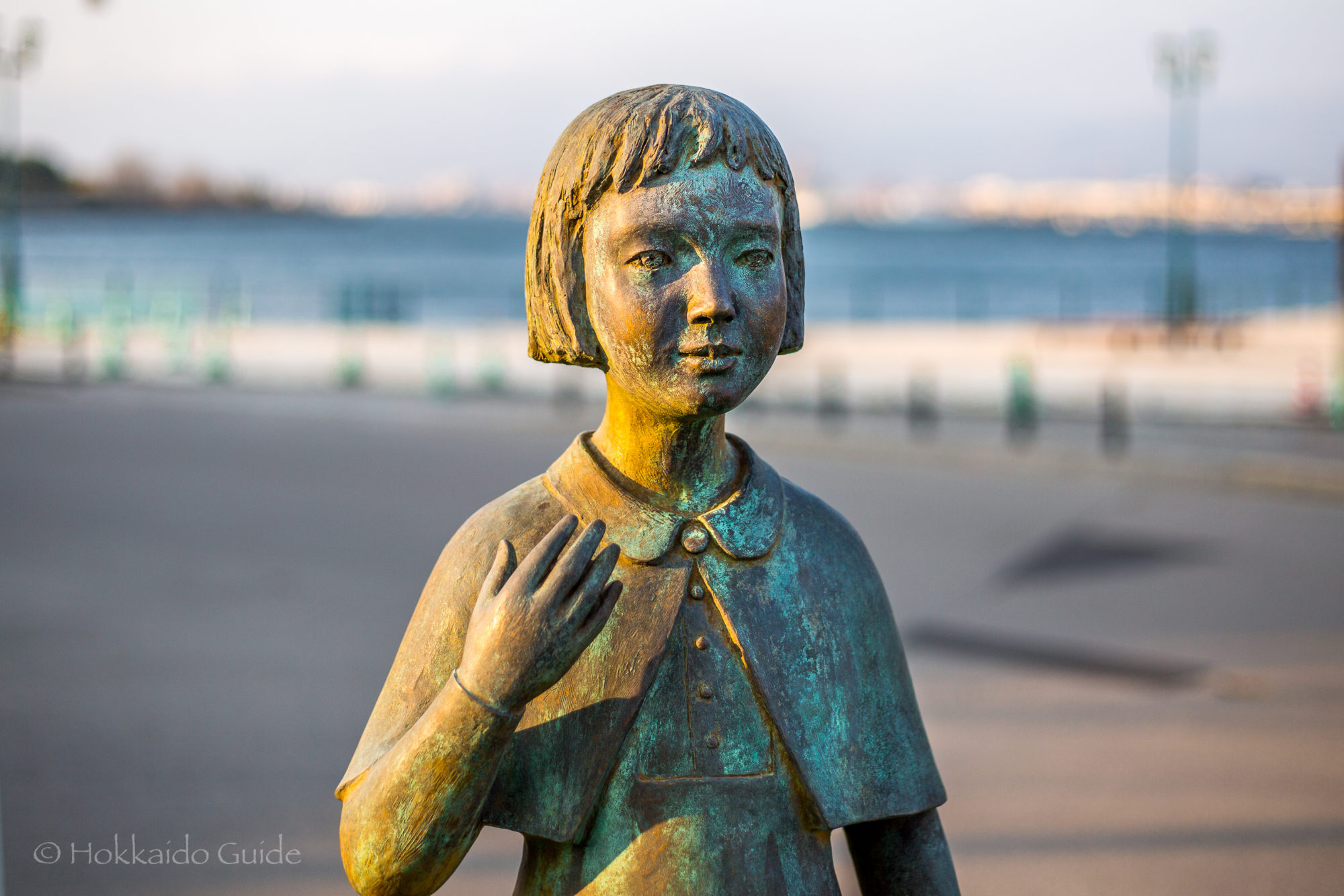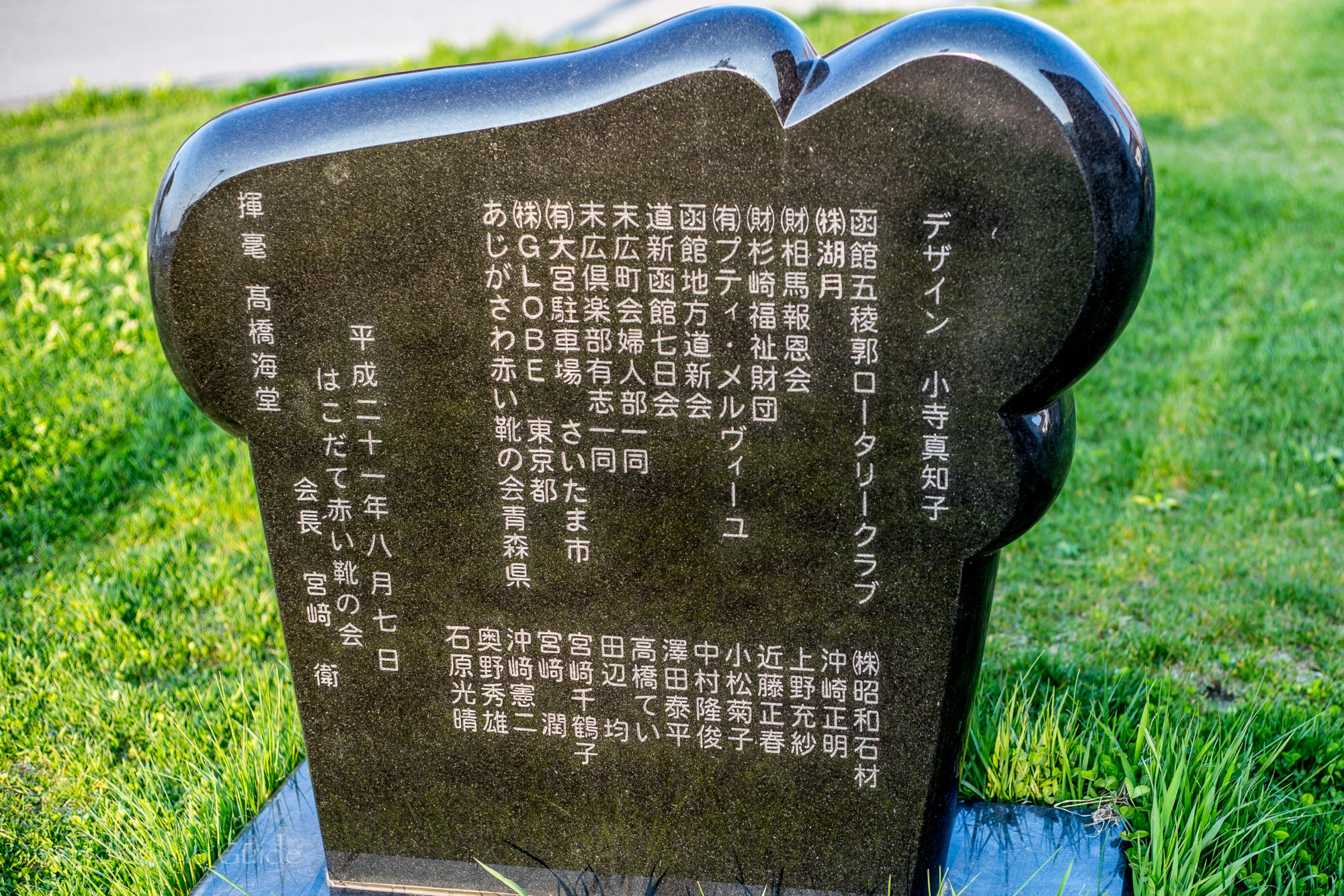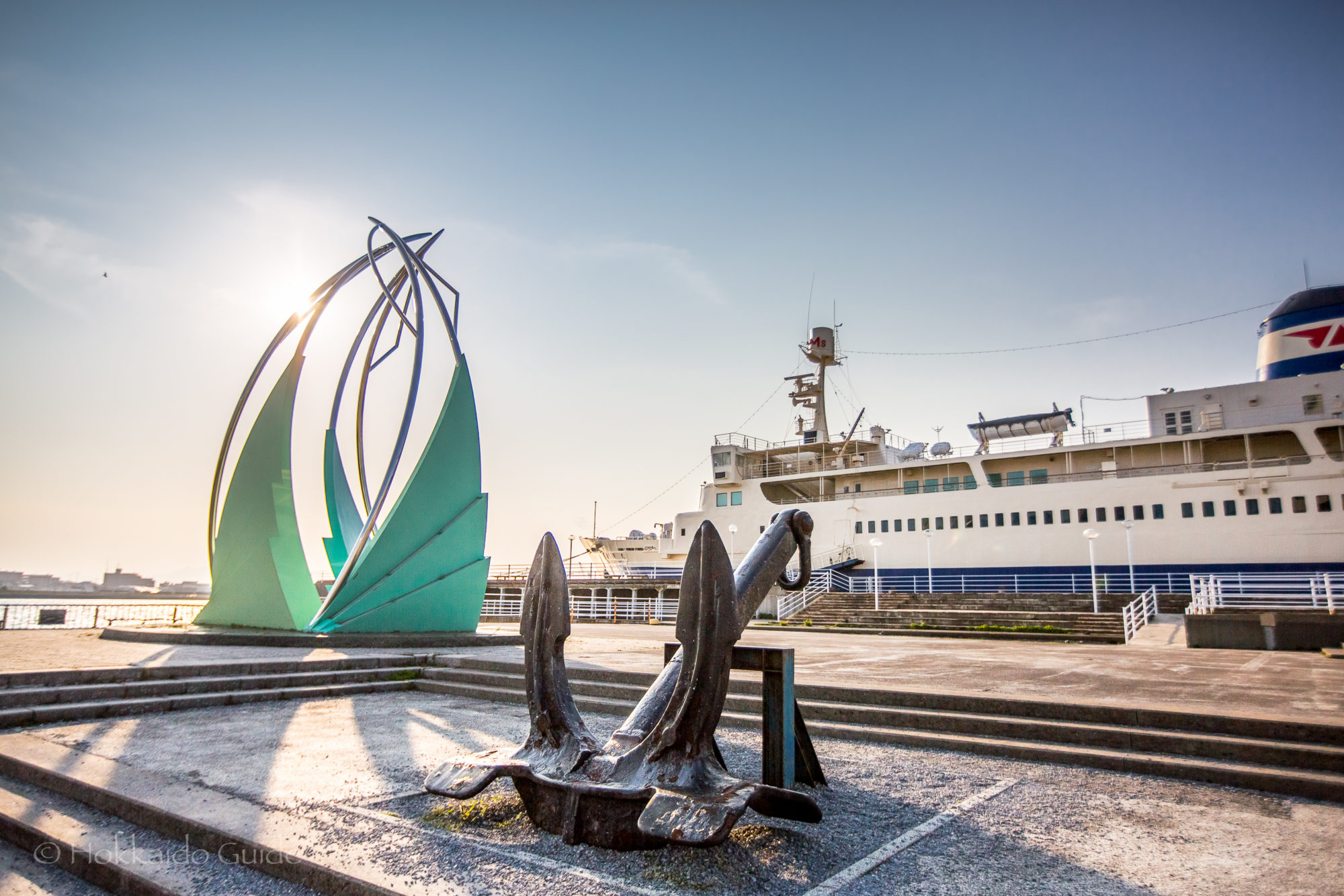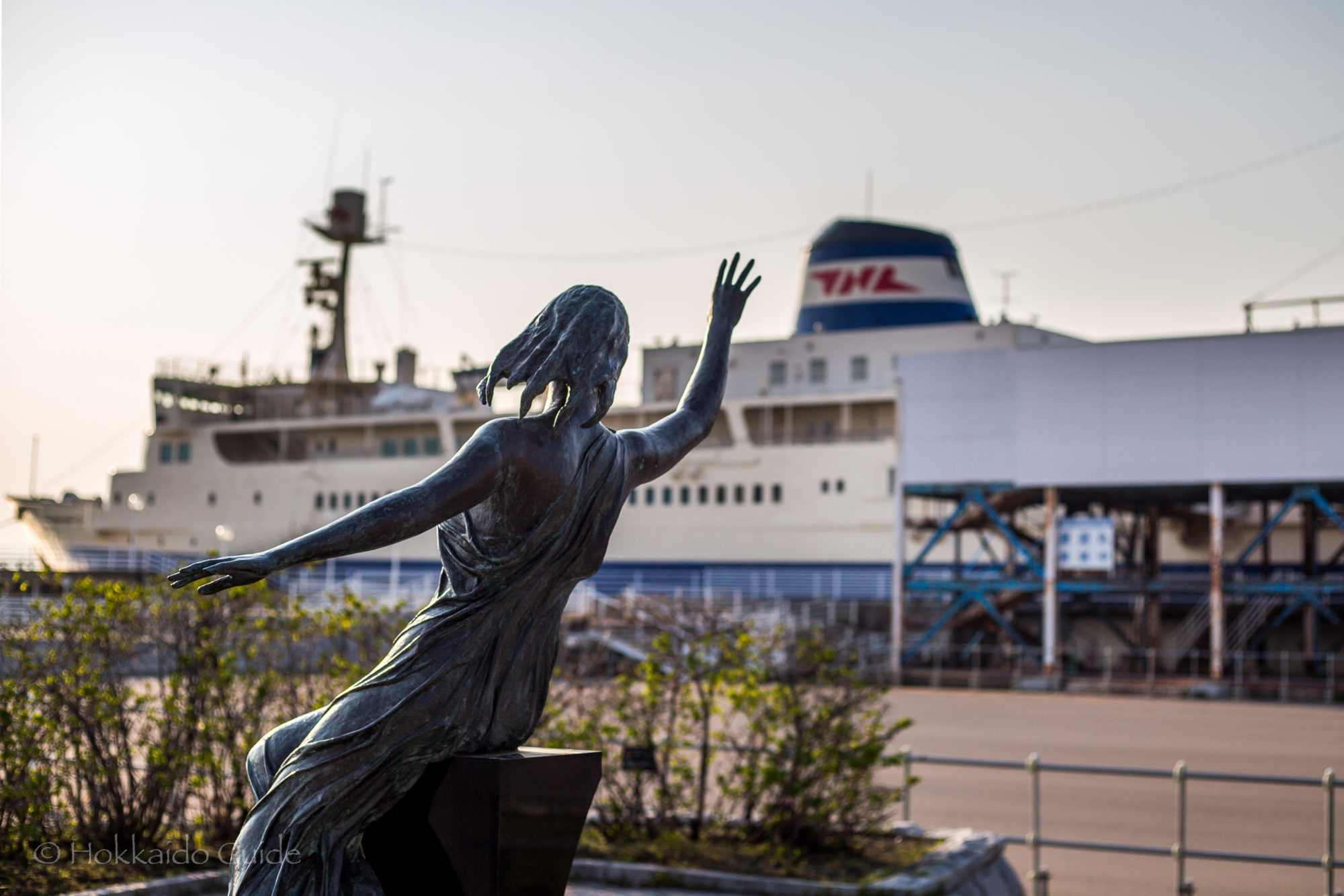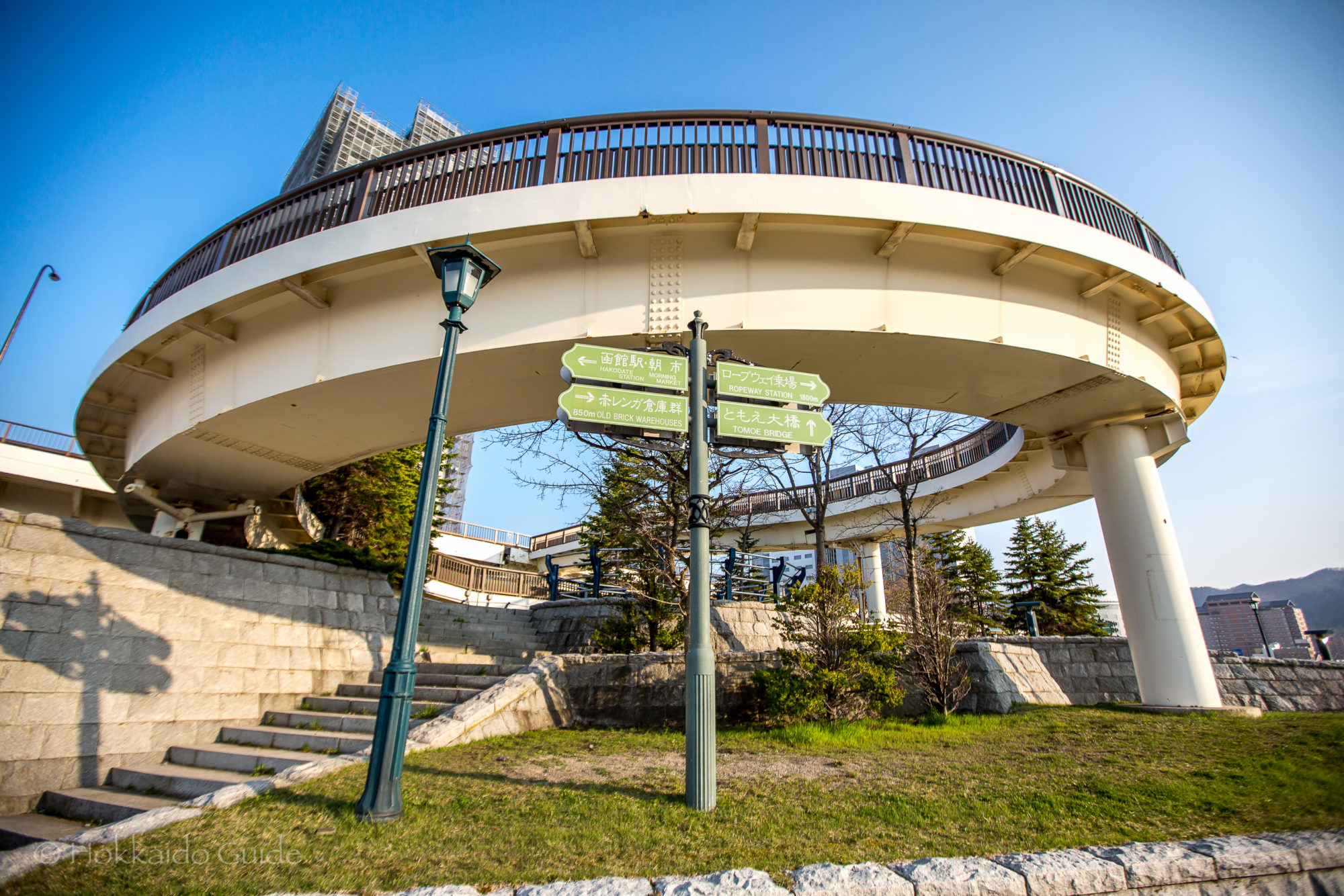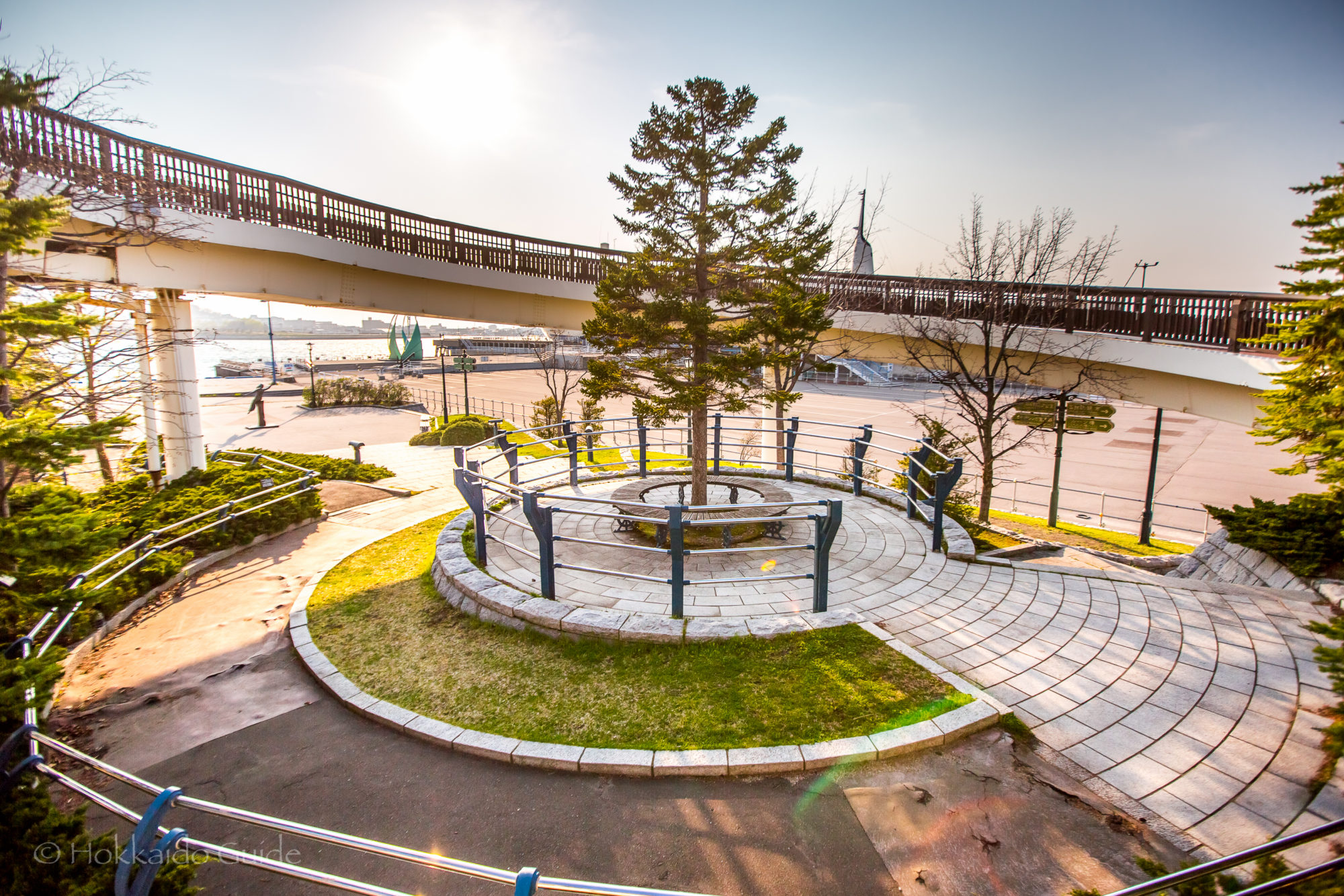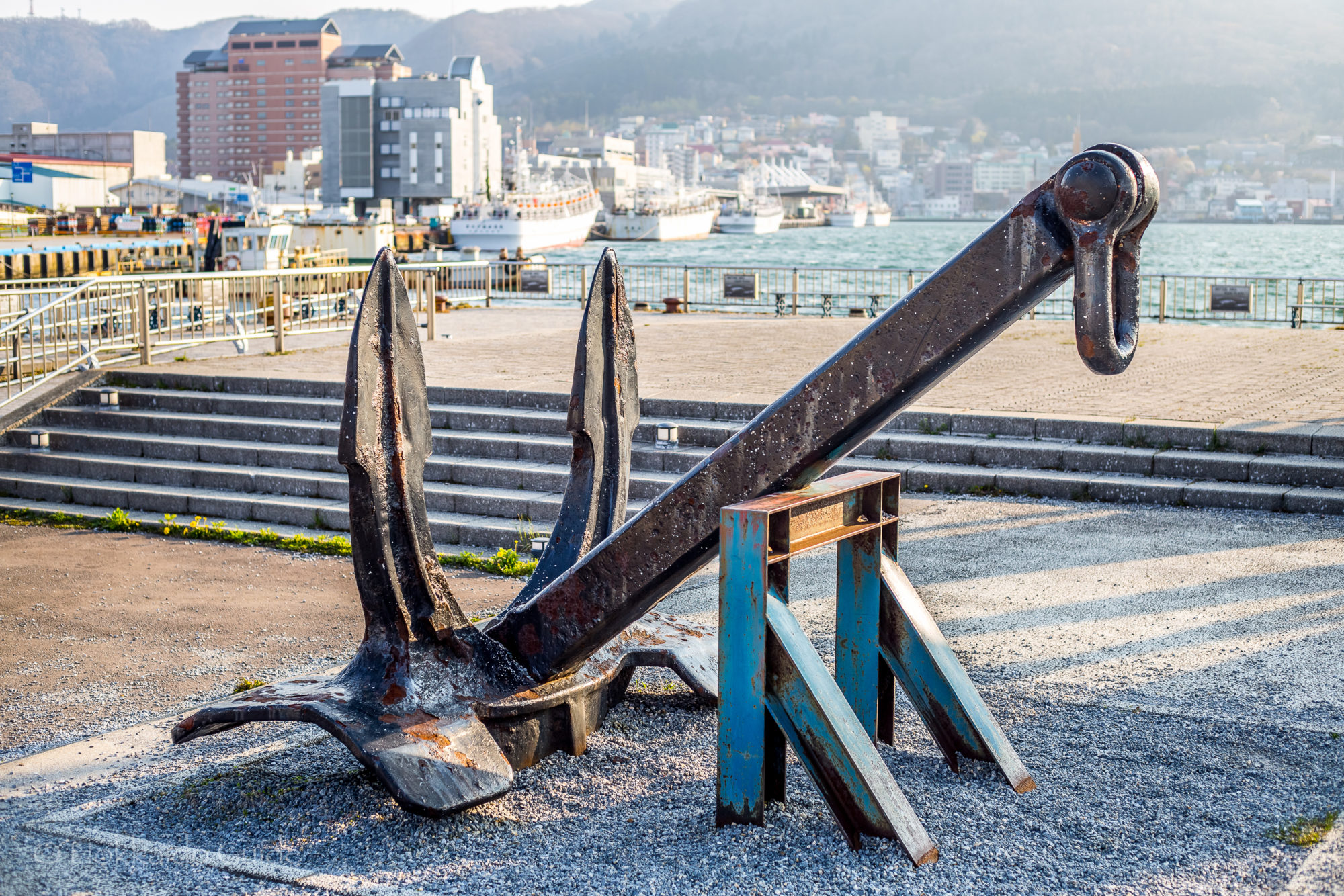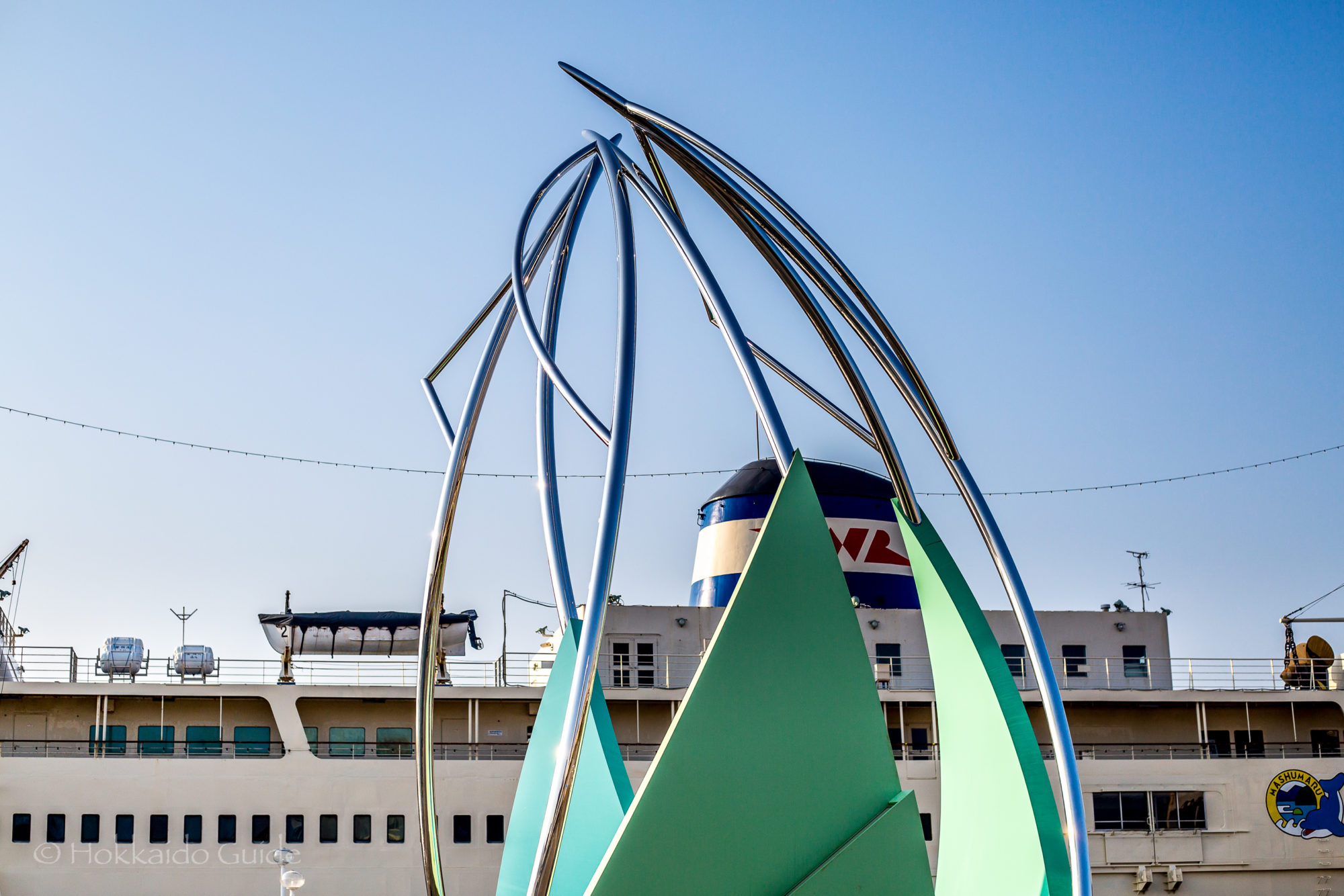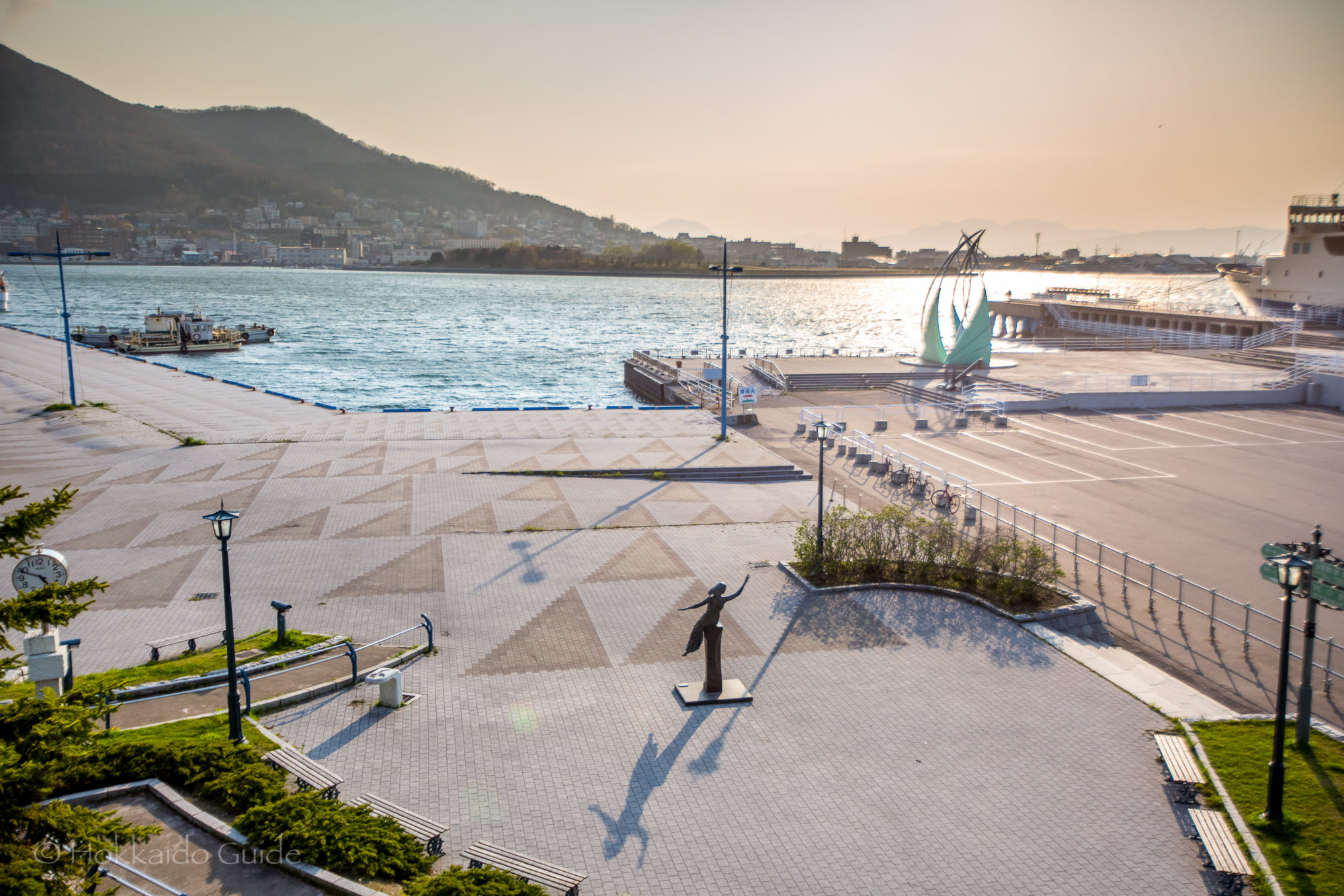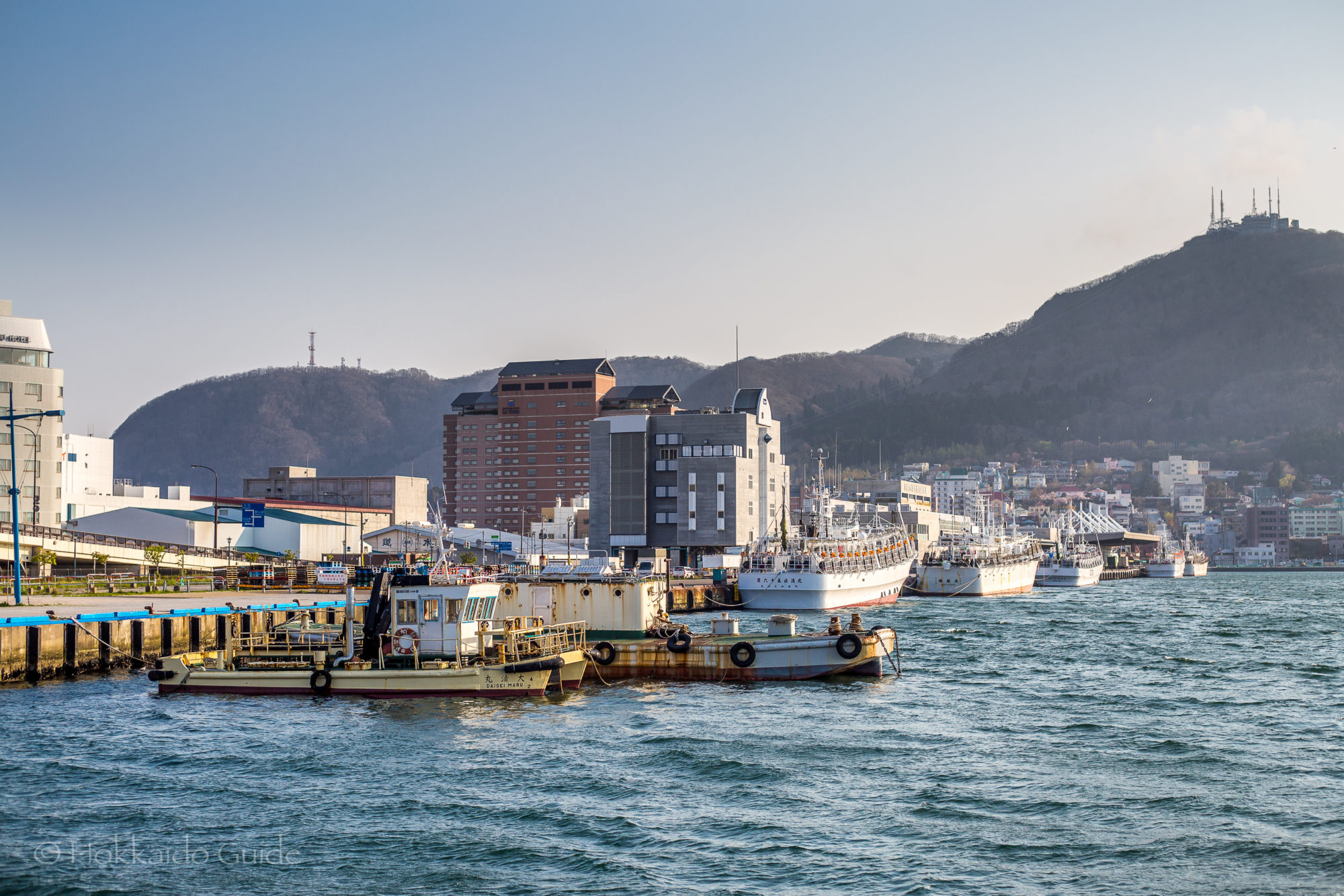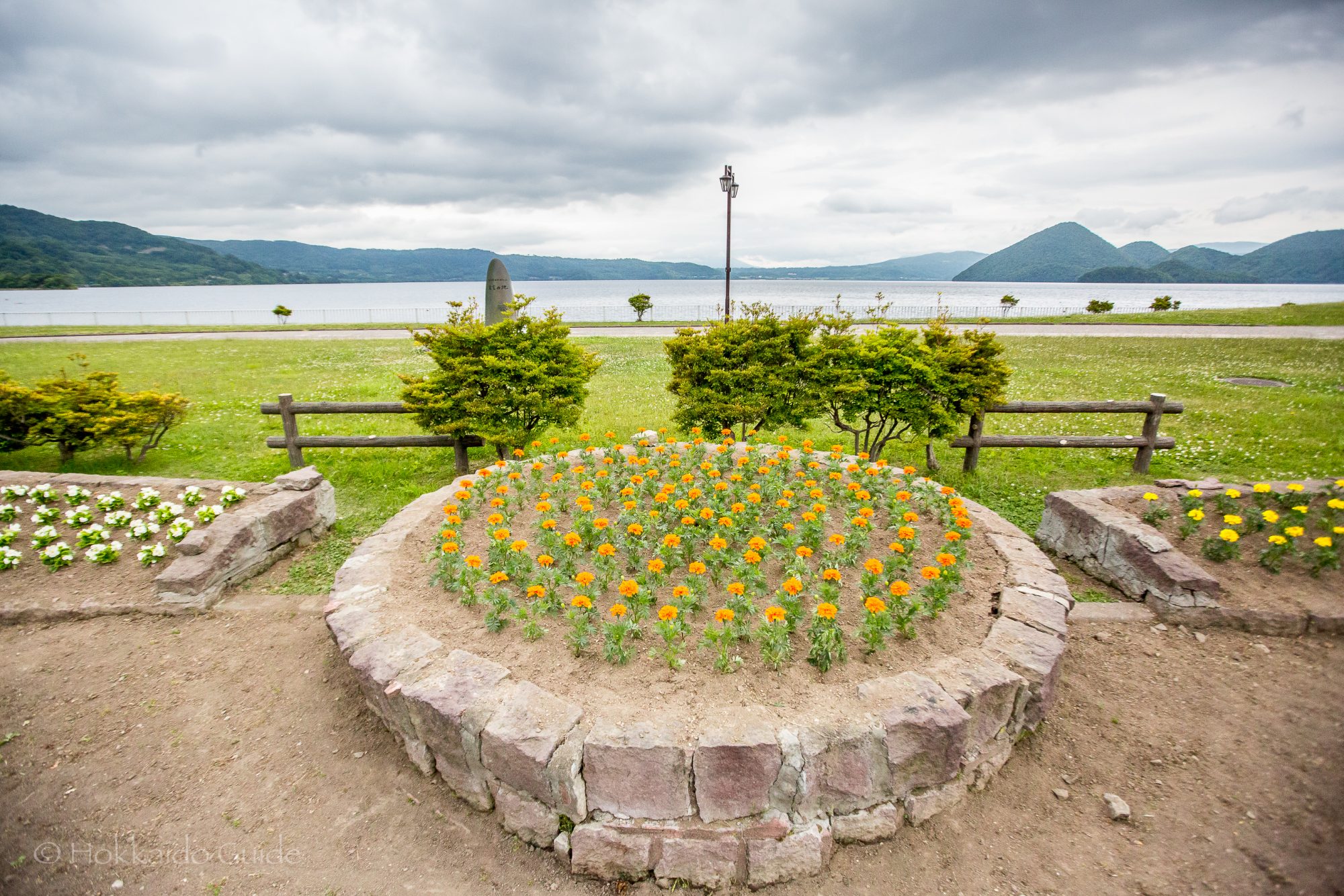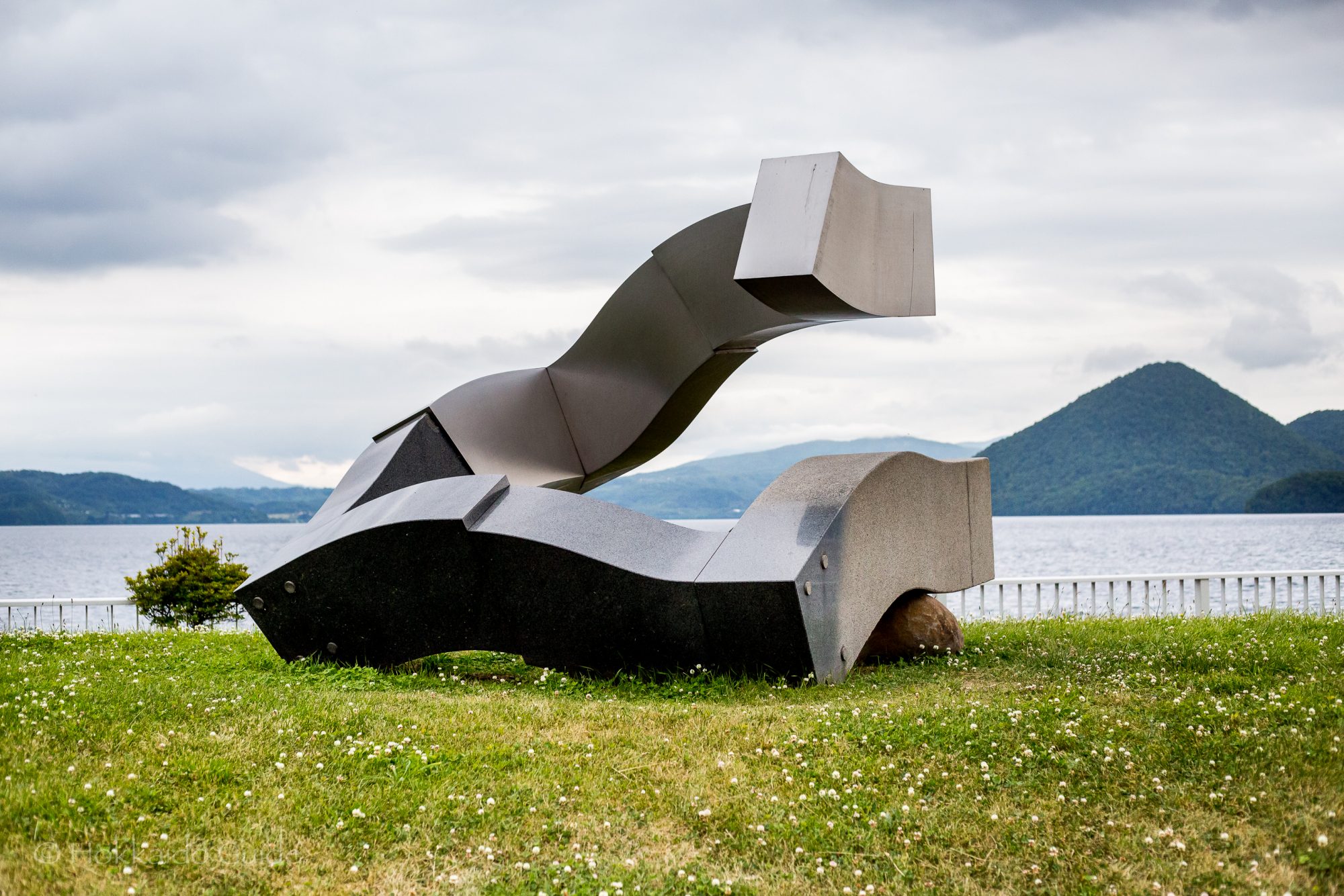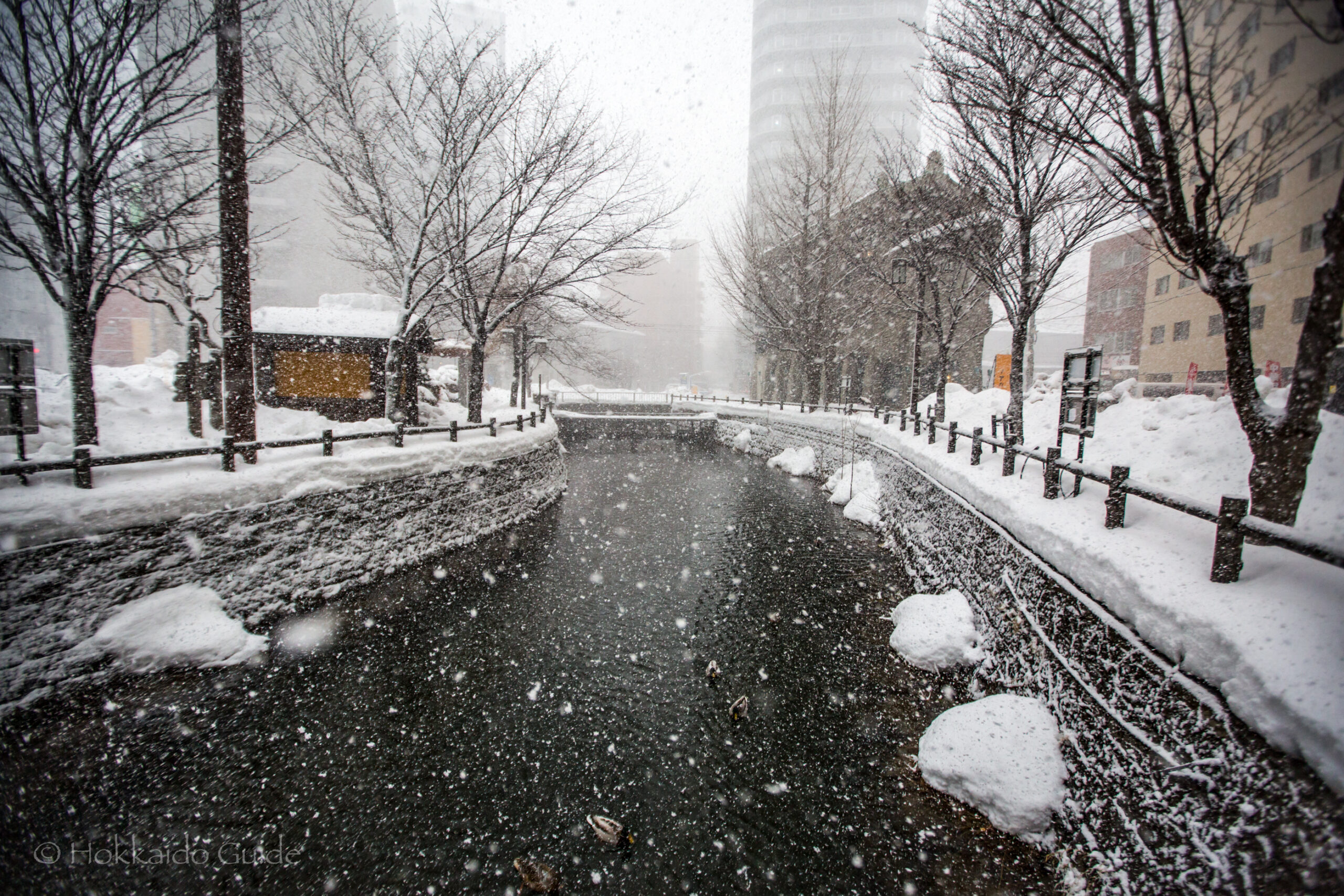
Tag: Statue

Obihiro Shrine
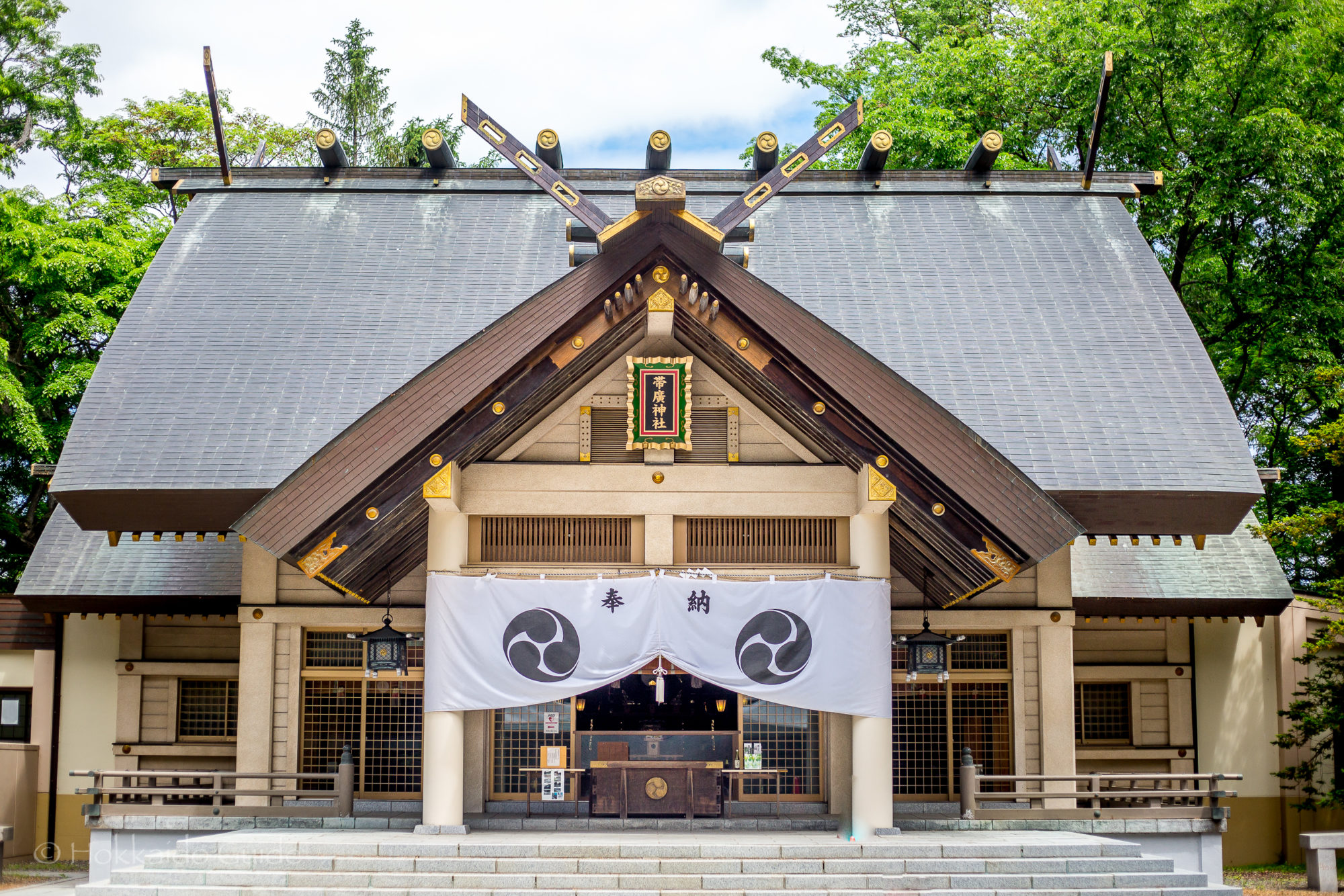
| Admission | - |
| Opening Hours | 9:00 - 17:00 |
| Closed | - |
| Contact | 011-5523-3955 |
| Notes | |
| Location / Getting There | The shrine is a 24 minute walk north from Obihiro station, or a 7 minute drive by car. Obihiro Shrine is right by Obihiro river, and is accessed via route 38. East 2 South 2. From Obihiro Station Bus Terminal Station No.8, take the Tokachi bus (No.7) on the 'Water Line Higashi 13' (Obihiro City). From the General Promotion Bureau stop it's a 2 minute walk. 〒080-0803 Hokkaido, Obihiro, Higashi 3 Jominami, 2 Chome, 1 |
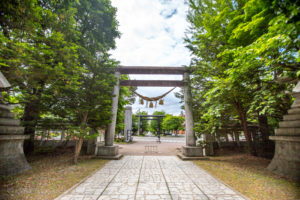 In 1881, a man named Benzo Yoda and others from Shizuoka Prefecture organized a pioneer group called the “Bansei-sha”. This group and settled inShimo-Obihiro Village and started pioneering. During this time, they started holding festivals and later built a small shrine, though the connection with the current Obihiro Shrine is still not well known. In March 1909, a town meeting was held and five members decided to relocate and build the Obihiro Shrine. Over the past hundred years, this shrine has developed, been renovated and welcomed thousands of worshippers.
In 1881, a man named Benzo Yoda and others from Shizuoka Prefecture organized a pioneer group called the “Bansei-sha”. This group and settled inShimo-Obihiro Village and started pioneering. During this time, they started holding festivals and later built a small shrine, though the connection with the current Obihiro Shrine is still not well known. In March 1909, a town meeting was held and five members decided to relocate and build the Obihiro Shrine. Over the past hundred years, this shrine has developed, been renovated and welcomed thousands of worshippers.
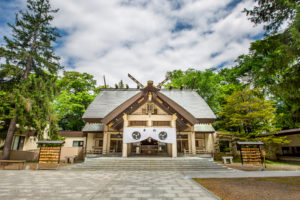 The shrine is located by the Obihiro River and although the buses don’t run that often, it is in a walkable distance. Once inside the grounds, there are many things to see besides the main shrine. There are numerous shrines and buildings. The area is also rich in greenery and the land was designated as an environmental green space protection area in Hokkaido in 1974. The grounds are also home to many small animals and wild birds such as Ezo squirrels, chipmunks, red-cockaded woodpeckers, and starlings to name a few. This area has some statues and is a good spot for photos. At the shrine, you can buy souvenirs and charms to take home. Throughout the year there are many festivals held. For more detail see below.
The shrine is located by the Obihiro River and although the buses don’t run that often, it is in a walkable distance. Once inside the grounds, there are many things to see besides the main shrine. There are numerous shrines and buildings. The area is also rich in greenery and the land was designated as an environmental green space protection area in Hokkaido in 1974. The grounds are also home to many small animals and wild birds such as Ezo squirrels, chipmunks, red-cockaded woodpeckers, and starlings to name a few. This area has some statues and is a good spot for photos. At the shrine, you can buy souvenirs and charms to take home. Throughout the year there are many festivals held. For more detail see below.
| 1st and 15th of every month | Prayers for the safety of the Imperial Family, peace for the nation, and peace for the Urahoro worshippers. |
| January 1 | New Years Day. Prayer for the safety of the Imperial Family, peace for the nation, and a good harvest for the year. |
| January 15 | The burning of old Shinto prayer cards and charms. Prayer for good health. On the day before the first day of spring, there is the purification the evil spirits. The doors of the main shrine are opened to offer thanks to the Milk God and prayer for spring. |
| June 30 | Grand purification ceremony and Nagoshi-no-harai (summer purification). A Shinto ritual to purge the sins and impurities of the past six months and pray for good health. |
| August | On the evening before the last Sunday of the month, There is the summer portable shrine procession festival (Mikoshi & Yoimiya Festival). The portable shrine is purified the night before the main festival, and the gods are notified that the big festival will be held tomorrow. On the last Sunday of the month, the portable shrine will be paraded through the town to pray for the safety of each family and the prosperity of each company. |
| September 20 | Autumn Grand Festival Prayers and dedication events are held for the Ujigami (local deity), which has been handed down from the pioneers. The doors of the main shrine are opened to offer thanks to the Goddess of Milk and pray for the autumn. The god of the land and the god of agriculture are invited to give thanks for the year's harvest and to pray for the safety. Prayers are offered to the gods for the healthy growth of children who are three, five, and seven years old. Prayers are offered for the harvest and labor to the gods of the 24 shrines in Urahoro Town. |
| December 31 | New Year's Eve Purification Ceremony and Nightfall Festival is held to purify the sins and impurities of the year from the body and soul using dolls, and to pray for good health in the New Year. |
| December 30 to January 5 | The shrine grounds are illuminated. |
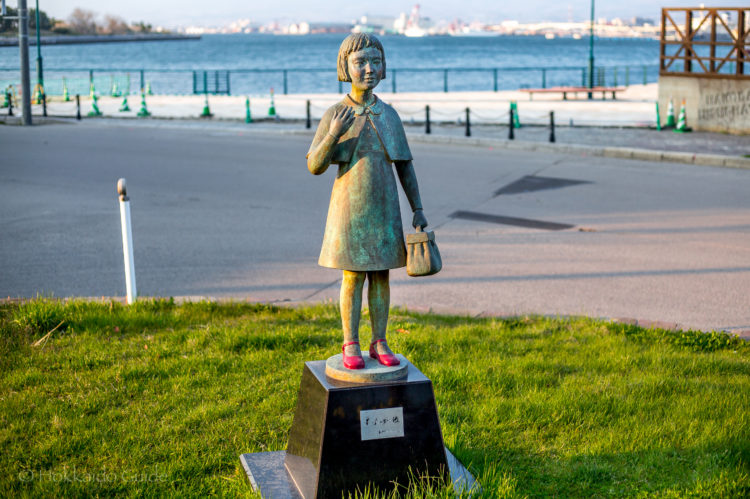
Girl in the Red Shoes
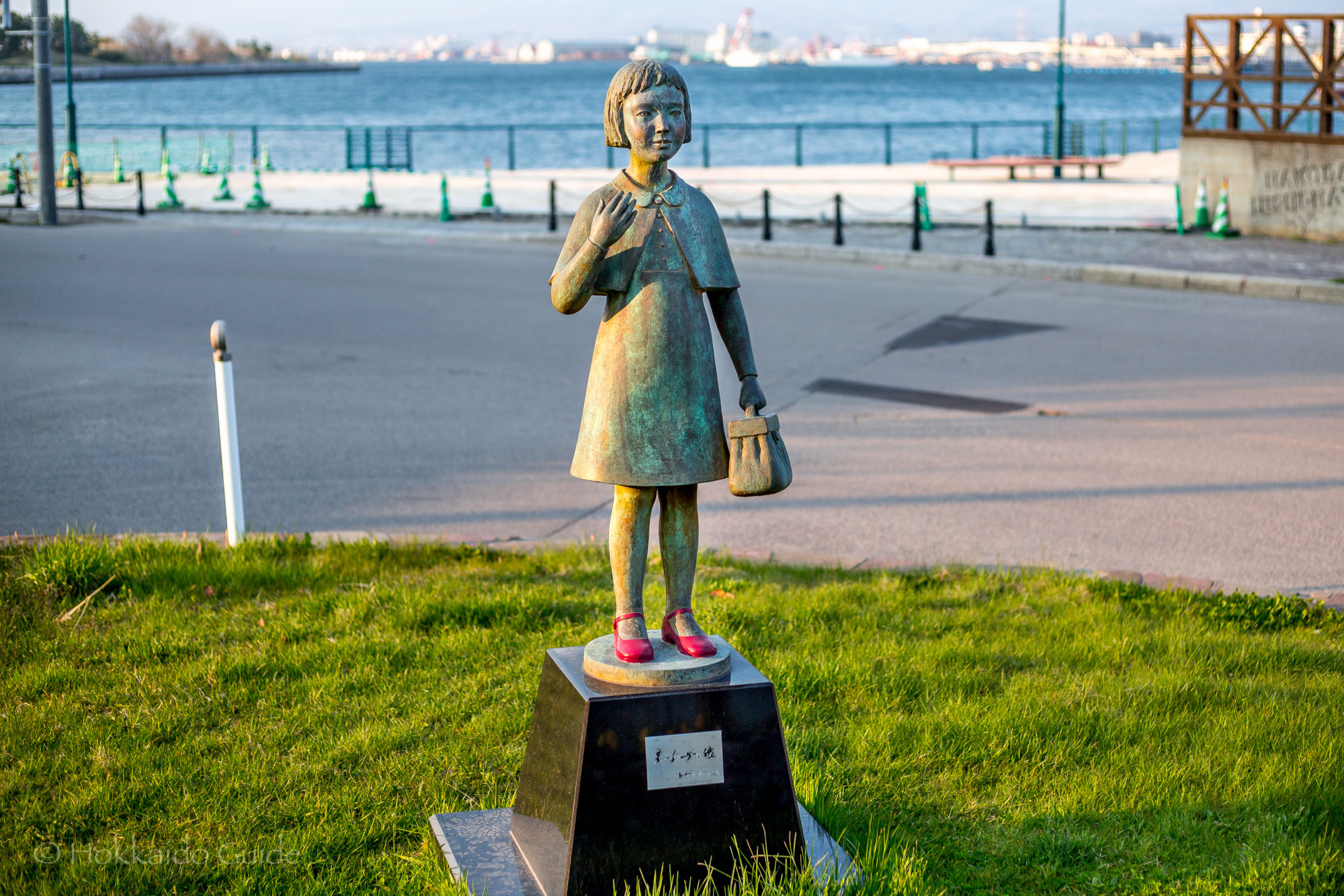
| Admission | Free |
| Opening Hours | Open 24 hours |
| Closed | - |
| Contact | 011-3826-3753 |
| Notes | Sightseeing spot, historical landmark, walking spot, no parking (paid parking nearby) |
| Location / Getting There | It's only a 2 minute walk from Suehirocho station. It's also an 18 minute walk from Hakodate station. It's right by the old red brick warehouses shopping district. 23 Suehirocho, Hakodate, Hokkaido 040-0053 |
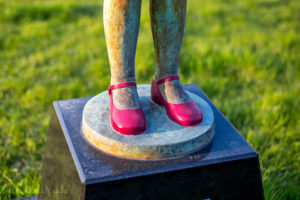 The statue of the girl on the red shoes has a sad and fascinating background. The actual origins can be traced back to a poem ‘Akai Kutsu’ (which translates to red shoes), written in 1922 by Ujō Noguchi. The poem is about a young girl in red shoes taken to a foreign country by a foreigner. This short poem is based on the real life of Iwasaki Kimi (July 15, 1902 – September 15, 1911), though there has been disagreement on the accuracy of this story. The story is of Kimi, and her mother, Kayo moving to Hokkaido (hence the three statues in the prefecture), to start a new life with Kayo’s new husband.
The statue of the girl on the red shoes has a sad and fascinating background. The actual origins can be traced back to a poem ‘Akai Kutsu’ (which translates to red shoes), written in 1922 by Ujō Noguchi. The poem is about a young girl in red shoes taken to a foreign country by a foreigner. This short poem is based on the real life of Iwasaki Kimi (July 15, 1902 – September 15, 1911), though there has been disagreement on the accuracy of this story. The story is of Kimi, and her mother, Kayo moving to Hokkaido (hence the three statues in the prefecture), to start a new life with Kayo’s new husband.
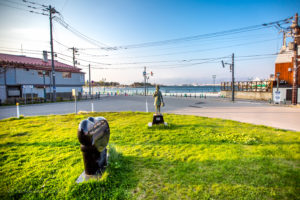 Living on a farm and due to the harsh living conditions Kayo entrusted Kimi’s upbringing to a pair of married American missionaries by the name of Hewitt. The missionaries planned to return to America and bring Kimi with them. Unfortunately, the tale takes a sad turn, as Kimi died of tuberculosis before going away at the age of 9. Kayo, not seeing her daughter again, spent her life believing Kimi had gone to America with the Hewitts. There are six statues throughout Japan, with three in Hokkaido, one in Hakodate, Otaru, and in Rusutsu.
Living on a farm and due to the harsh living conditions Kayo entrusted Kimi’s upbringing to a pair of married American missionaries by the name of Hewitt. The missionaries planned to return to America and bring Kimi with them. Unfortunately, the tale takes a sad turn, as Kimi died of tuberculosis before going away at the age of 9. Kayo, not seeing her daughter again, spent her life believing Kimi had gone to America with the Hewitts. There are six statues throughout Japan, with three in Hokkaido, one in Hakodate, Otaru, and in Rusutsu.
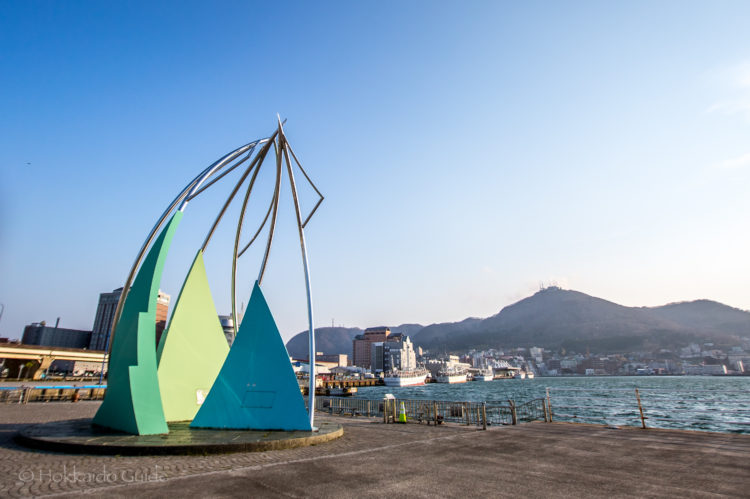
Ika Square & Seaport Park

| Admission | Free |
| Opening Hours | Open 24 hours |
| Closed | - |
| Contact | - |
| Notes | Sightseeing spot, walking spot |
| Location / Getting There | The park and square are located on the eastern harbor, on the pier of Hakodate. It's only a 4 minute walk from Hakodate station. It's also a 10 minute walk from the Red Brick Warehouses 22-22 Otemachi, Hakodate, Hokkaido 040-0064 |
 Hakodate is a coastal city. There are many piers and waterside promenades to casually stroll along and enjoy the views. On the western harbor you can find a nice small park appropriately named Seaport Park, plus Ika Square. The park is accessed via a circular walkway that surrounds the park and leads on to the well known Tomoe Big Bridge. The park has some small seating areas, has a view of the water, and views down onto Ika Square and the plaza there. This plaza is where tourists can access the decommissioned ship turned museum, the Mashu Maru.
Hakodate is a coastal city. There are many piers and waterside promenades to casually stroll along and enjoy the views. On the western harbor you can find a nice small park appropriately named Seaport Park, plus Ika Square. The park is accessed via a circular walkway that surrounds the park and leads on to the well known Tomoe Big Bridge. The park has some small seating areas, has a view of the water, and views down onto Ika Square and the plaza there. This plaza is where tourists can access the decommissioned ship turned museum, the Mashu Maru.
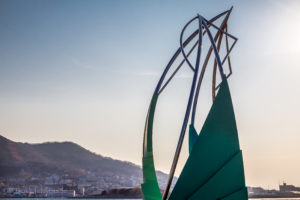 Hakodate has a long and thriving squid fishing industry. It is one of the most popular seafood in Hakodate for the locals. In 1989 the city of Hakodate designated the squid as the city’s official fish. Squid is called ‘Ika’ in Japanese. Ika Square was created in honor of this event. The large monument located at the centre of the square represents a swarming school of squid. There are other statues in the plaza including an old anchor plus a young girl waving off departing ships from the port.
Hakodate has a long and thriving squid fishing industry. It is one of the most popular seafood in Hakodate for the locals. In 1989 the city of Hakodate designated the squid as the city’s official fish. Squid is called ‘Ika’ in Japanese. Ika Square was created in honor of this event. The large monument located at the centre of the square represents a swarming school of squid. There are other statues in the plaza including an old anchor plus a young girl waving off departing ships from the port.
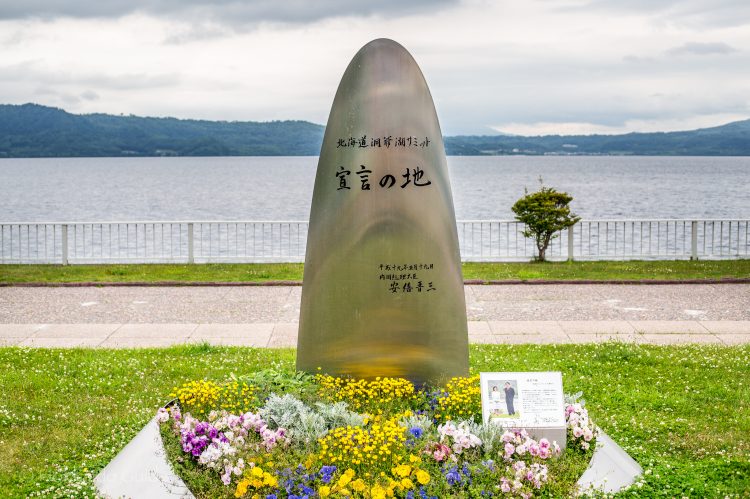
Toyako Summit Monument
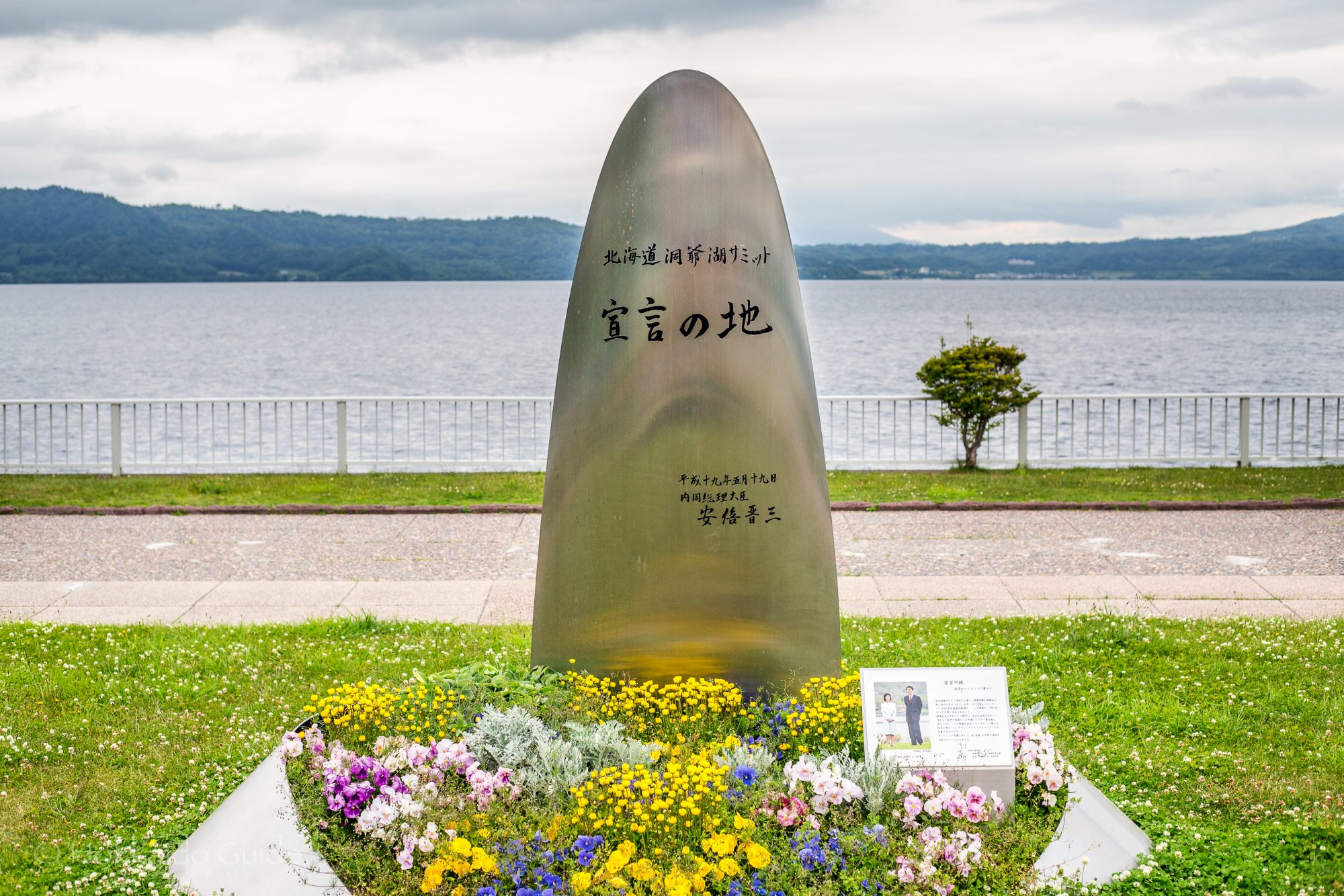
| Admission | Free |
| Opening Hours | Open 24 hours |
| Contact | - |
| Notes | Sightseeing spot , historical landmark, parking available |
| Location / Getting There | Located on the southern shore of Lake Toya. Toyakoonsen, Toyako, Abuta District, Hokkaido 049-5721 |
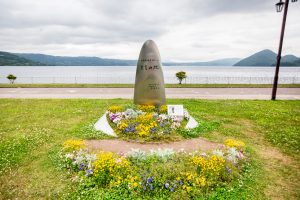 On July 7th to July 8th of 2008 the 34th G8 Summit was held at Lake Toya. This unofficial annual forum saw the leaders from Canada, the European Commission, France, Germany, Italy, Japan, Russia, The United Kingdom and the United States. The 34th G8 summit was the very first summit for British Prime Minister Gordon Brown, and the then Russian President, Dmitry Medvedev. The summit was also first and only summit for Japanese Prime Minister Yasuo Fukuda, and the last for U.S President George W. Bush. This was the first G8 summit ever held in Hokkaido.
On July 7th to July 8th of 2008 the 34th G8 Summit was held at Lake Toya. This unofficial annual forum saw the leaders from Canada, the European Commission, France, Germany, Italy, Japan, Russia, The United Kingdom and the United States. The 34th G8 summit was the very first summit for British Prime Minister Gordon Brown, and the then Russian President, Dmitry Medvedev. The summit was also first and only summit for Japanese Prime Minister Yasuo Fukuda, and the last for U.S President George W. Bush. This was the first G8 summit ever held in Hokkaido.
[the_ad id=”4264″]
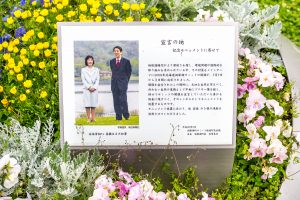 In July 2008, a monument decorated with flowers stands at the place where the Hokkaido Toyako Summit (Main Summit) was declared . The monument can be found in the Lake Toya Onsen district on the southern shoreline, and is part of the Funsui Hiroba Fountain Square, which is a nice promenade to walk along. The leaders stayed at the Windsor Hotel Toya Resort & Spa which can be found on top of the hill overlooking the lake. The summit was one of the largest ever with more than 2,000 delegates attending. Other delegates included leaders from African nations and Australia and South Korea.
In July 2008, a monument decorated with flowers stands at the place where the Hokkaido Toyako Summit (Main Summit) was declared . The monument can be found in the Lake Toya Onsen district on the southern shoreline, and is part of the Funsui Hiroba Fountain Square, which is a nice promenade to walk along. The leaders stayed at the Windsor Hotel Toya Resort & Spa which can be found on top of the hill overlooking the lake. The summit was one of the largest ever with more than 2,000 delegates attending. Other delegates included leaders from African nations and Australia and South Korea.


